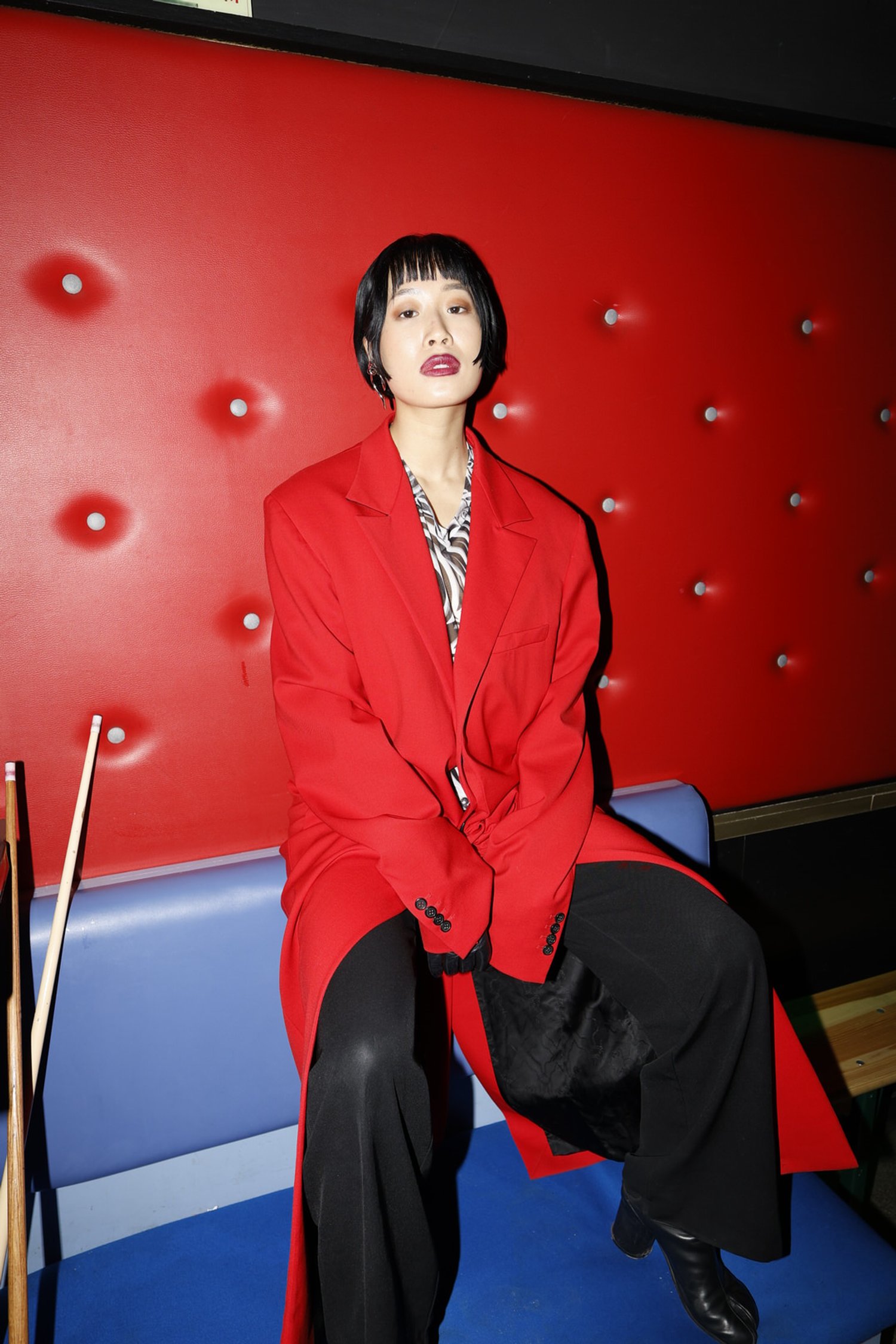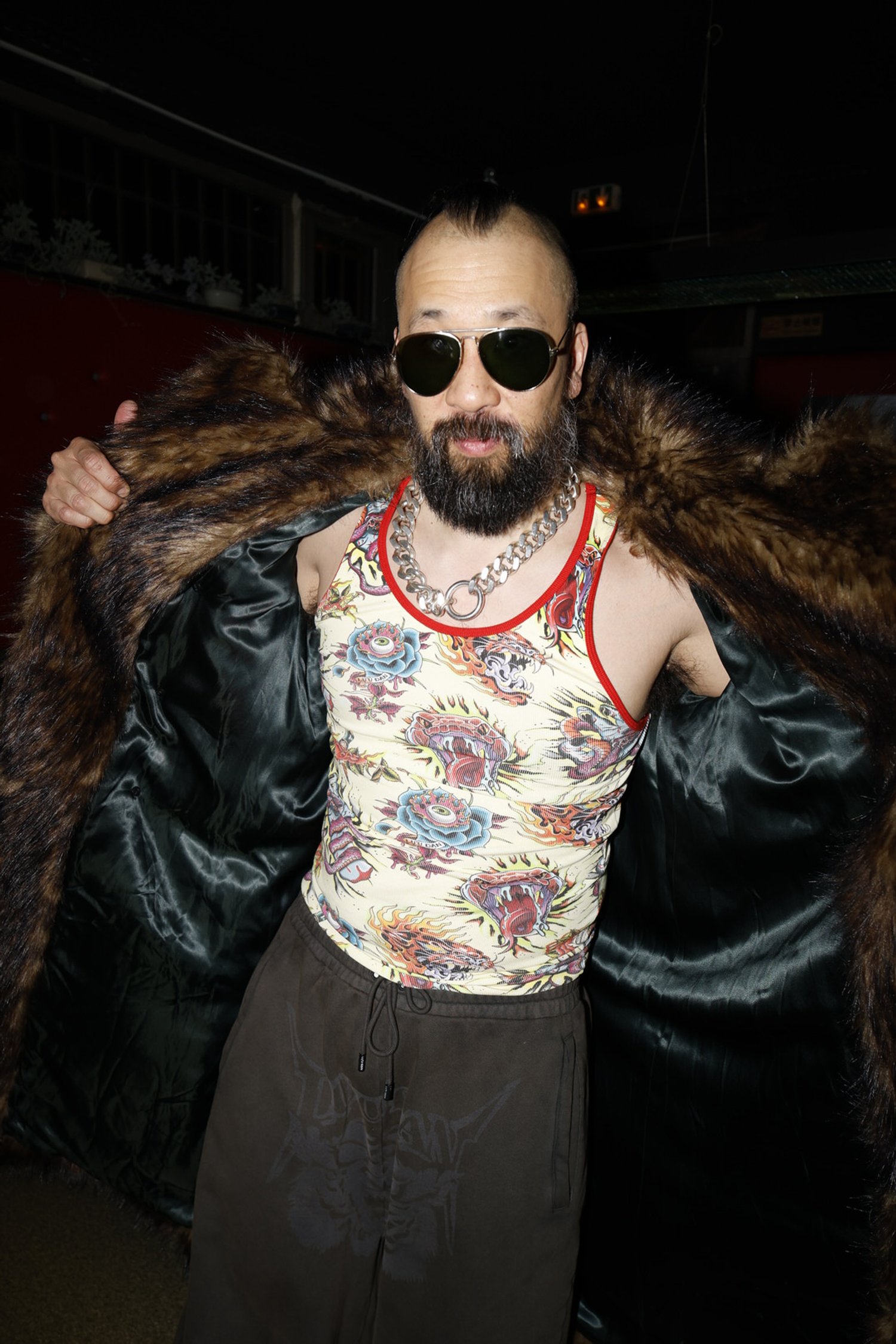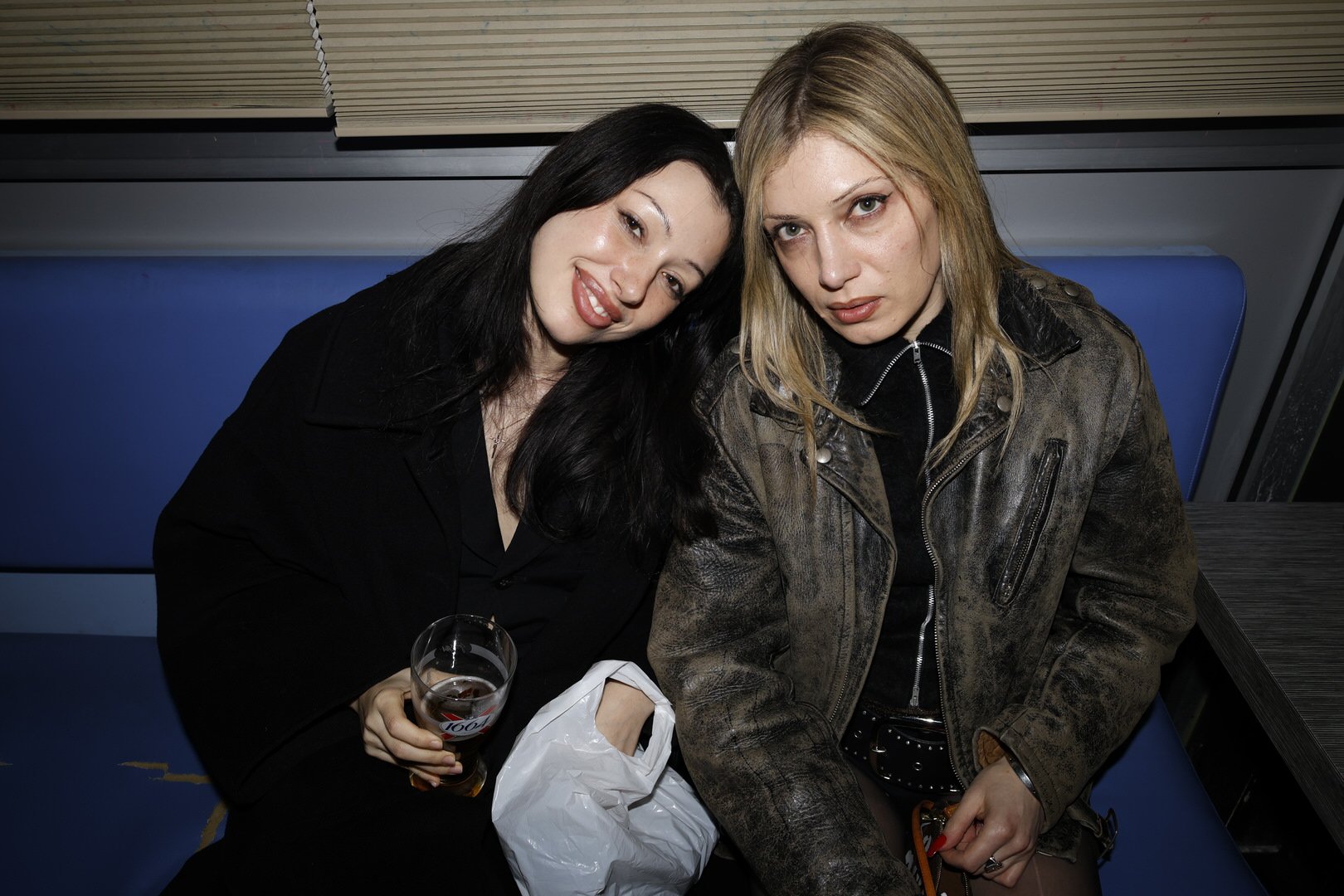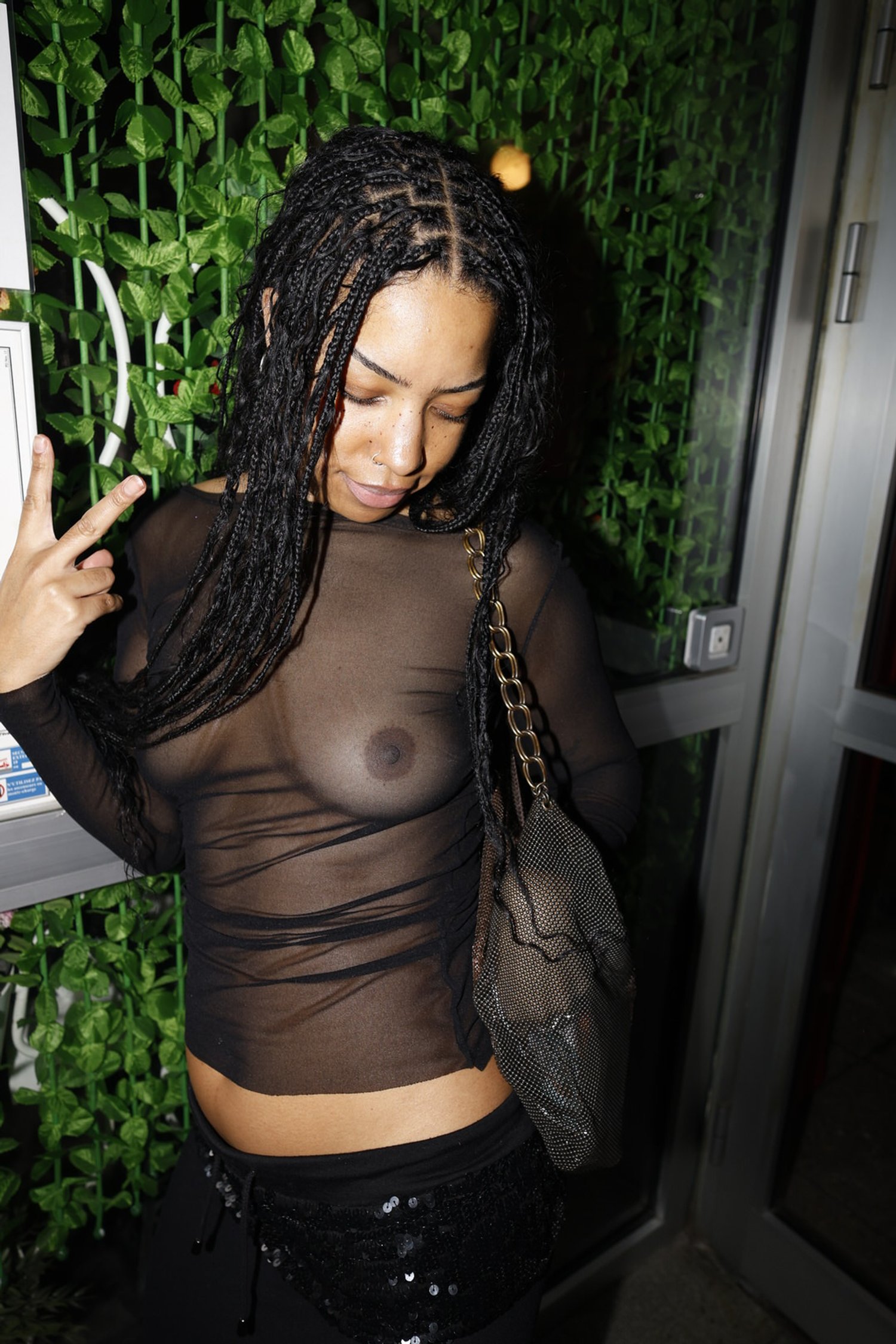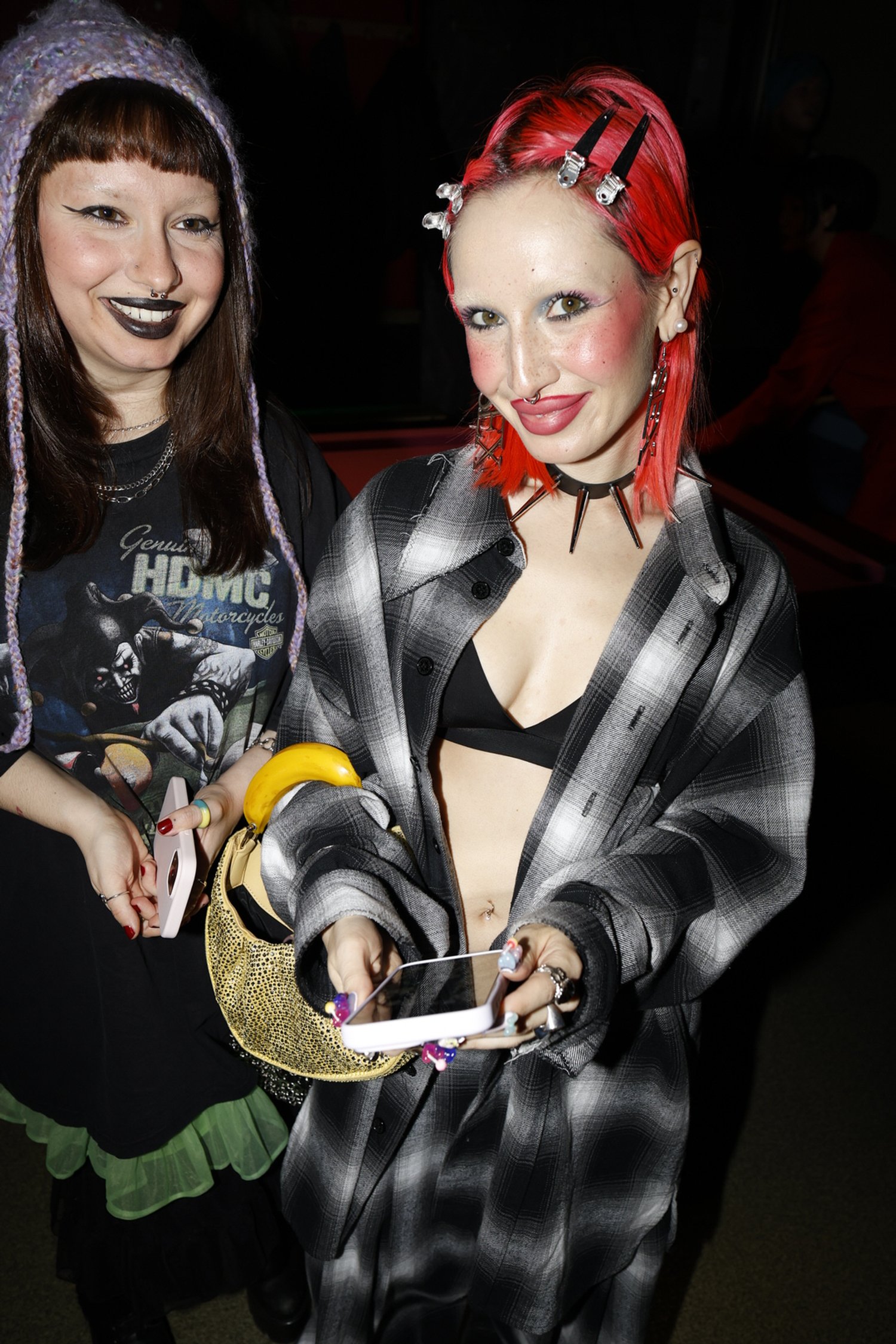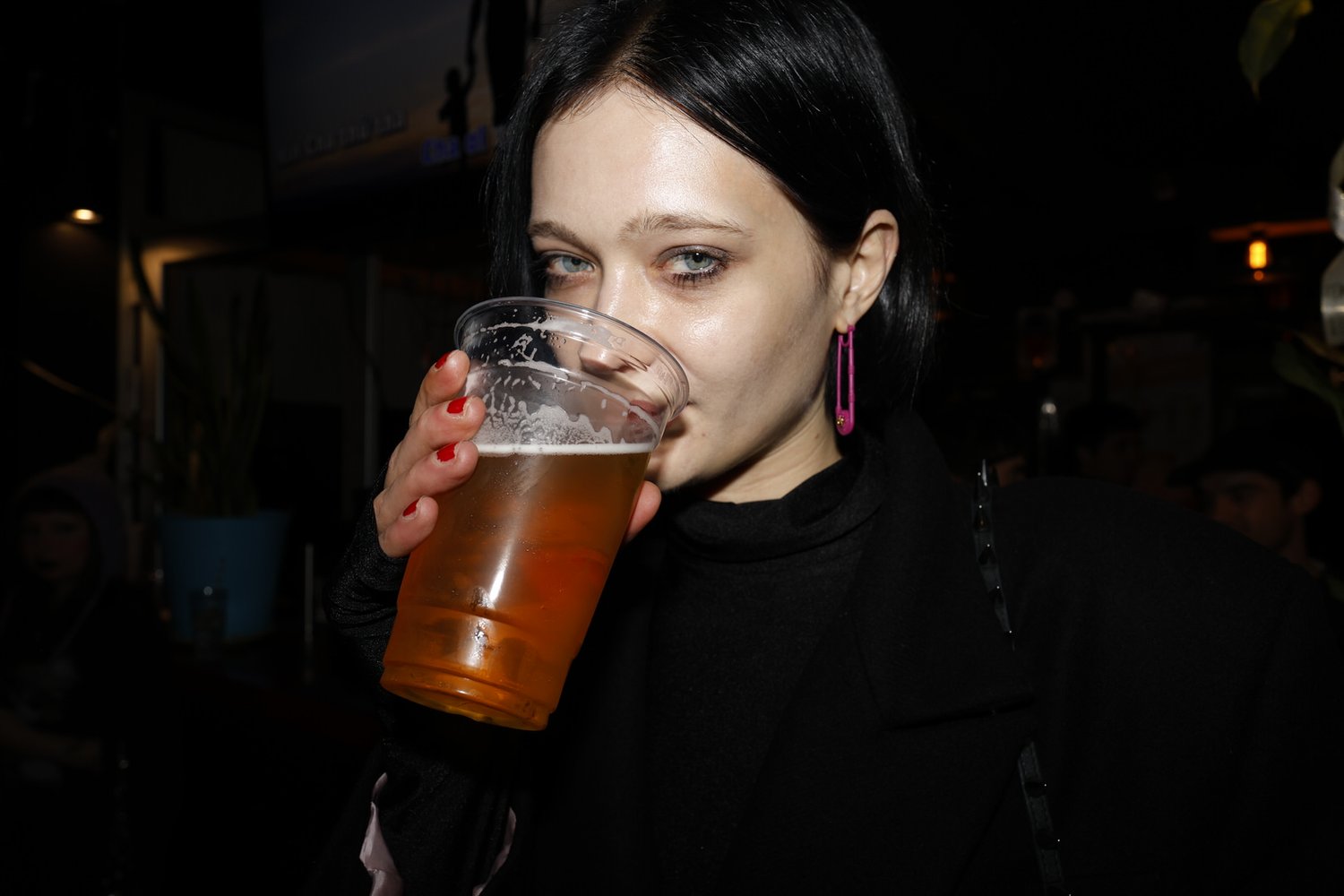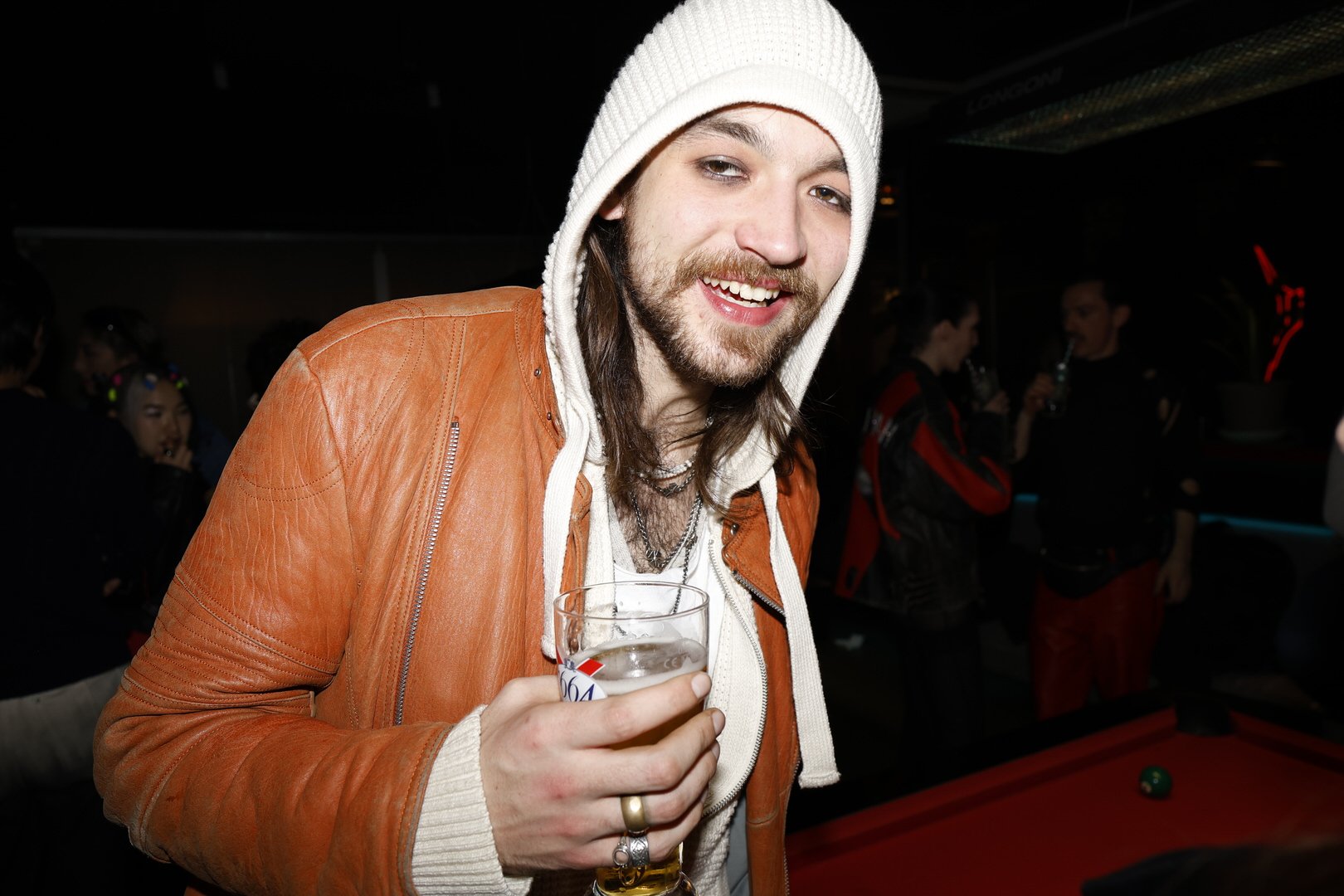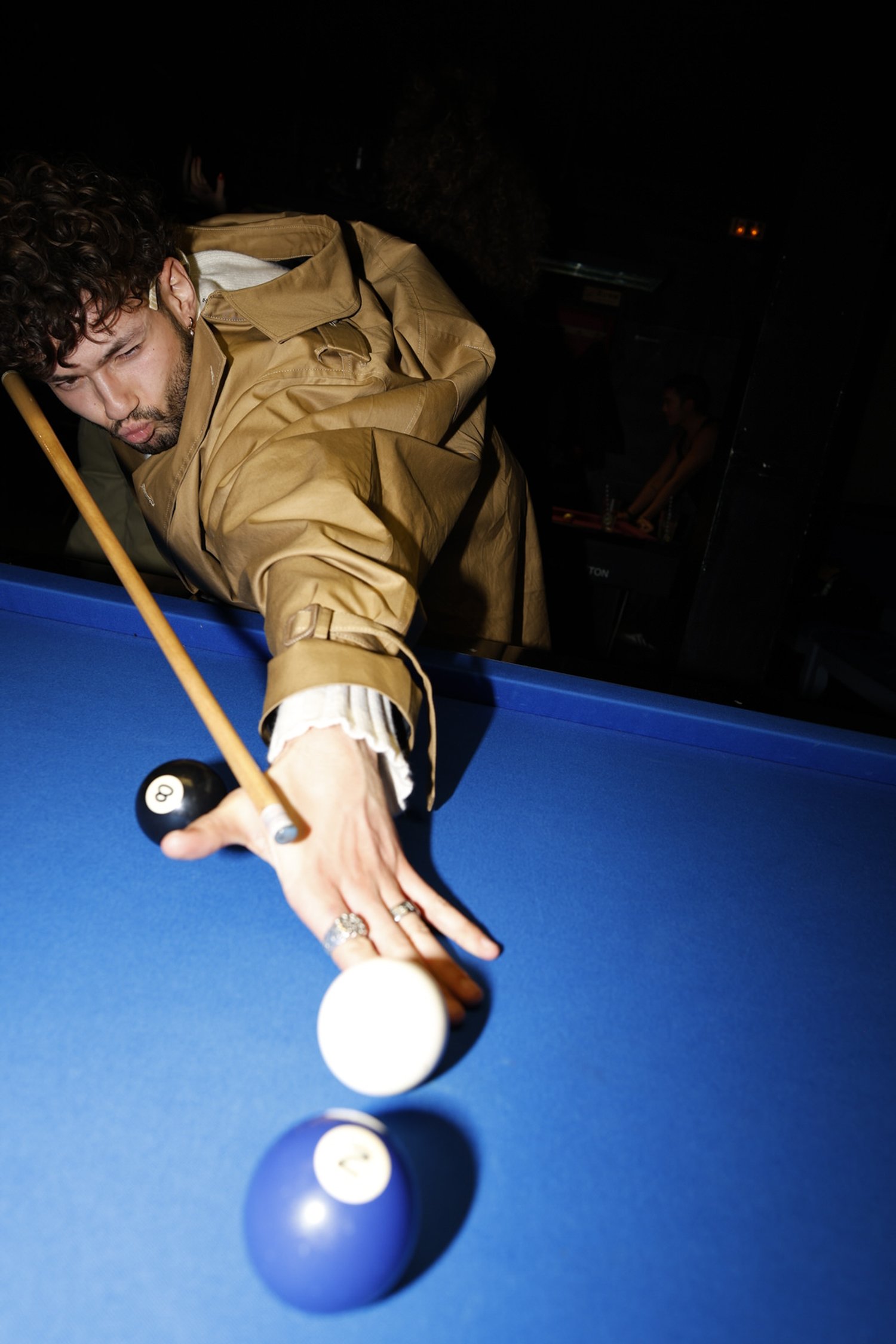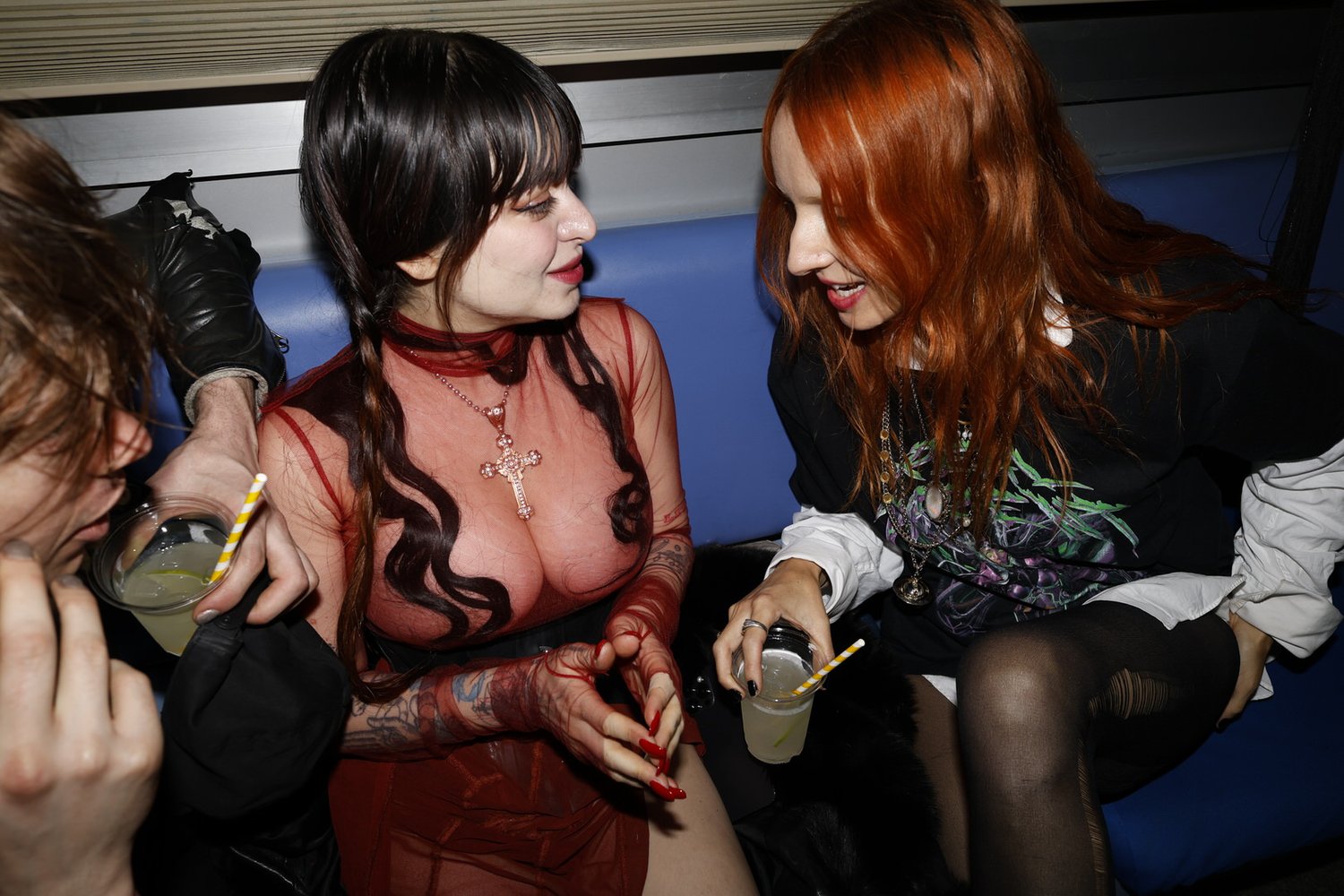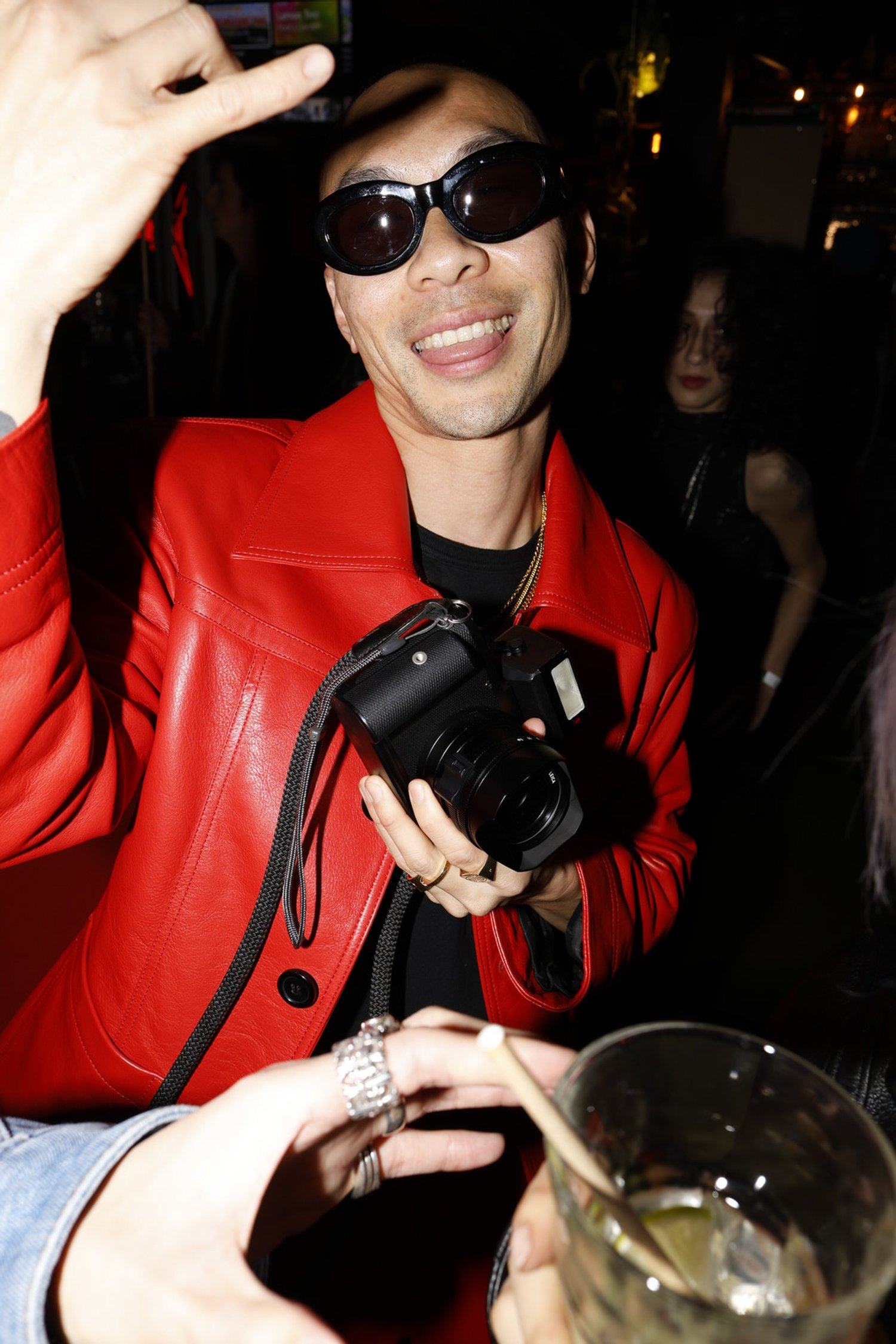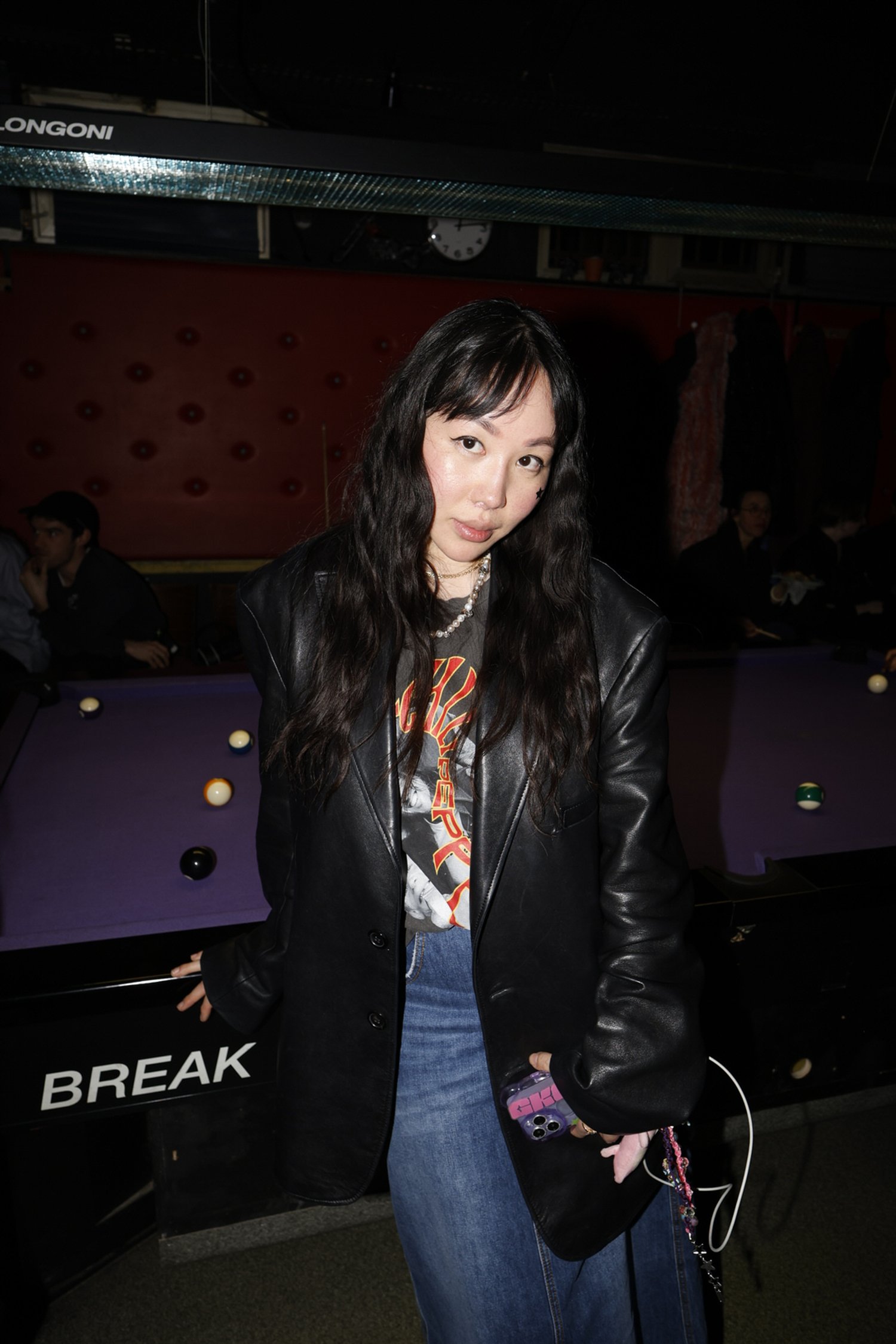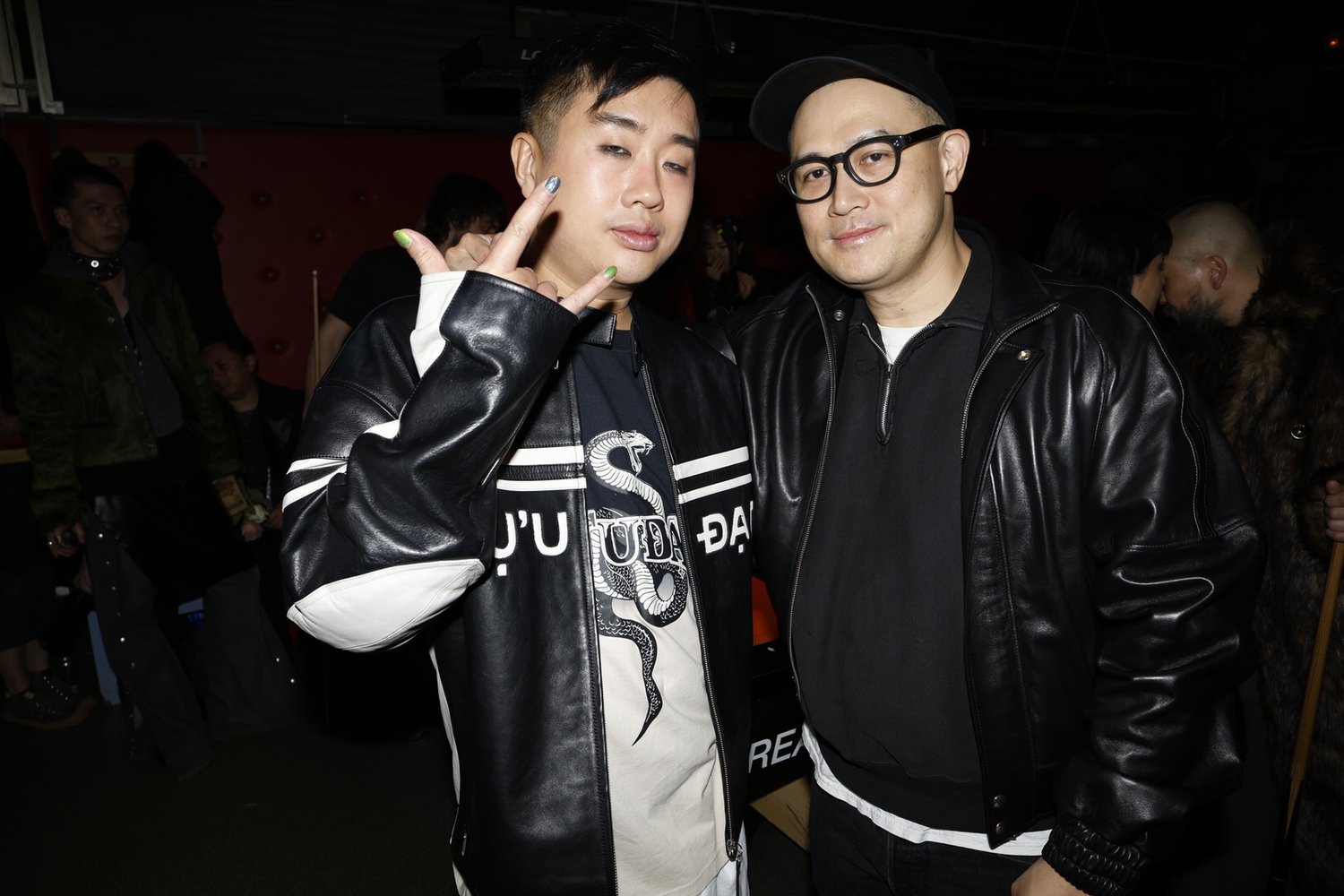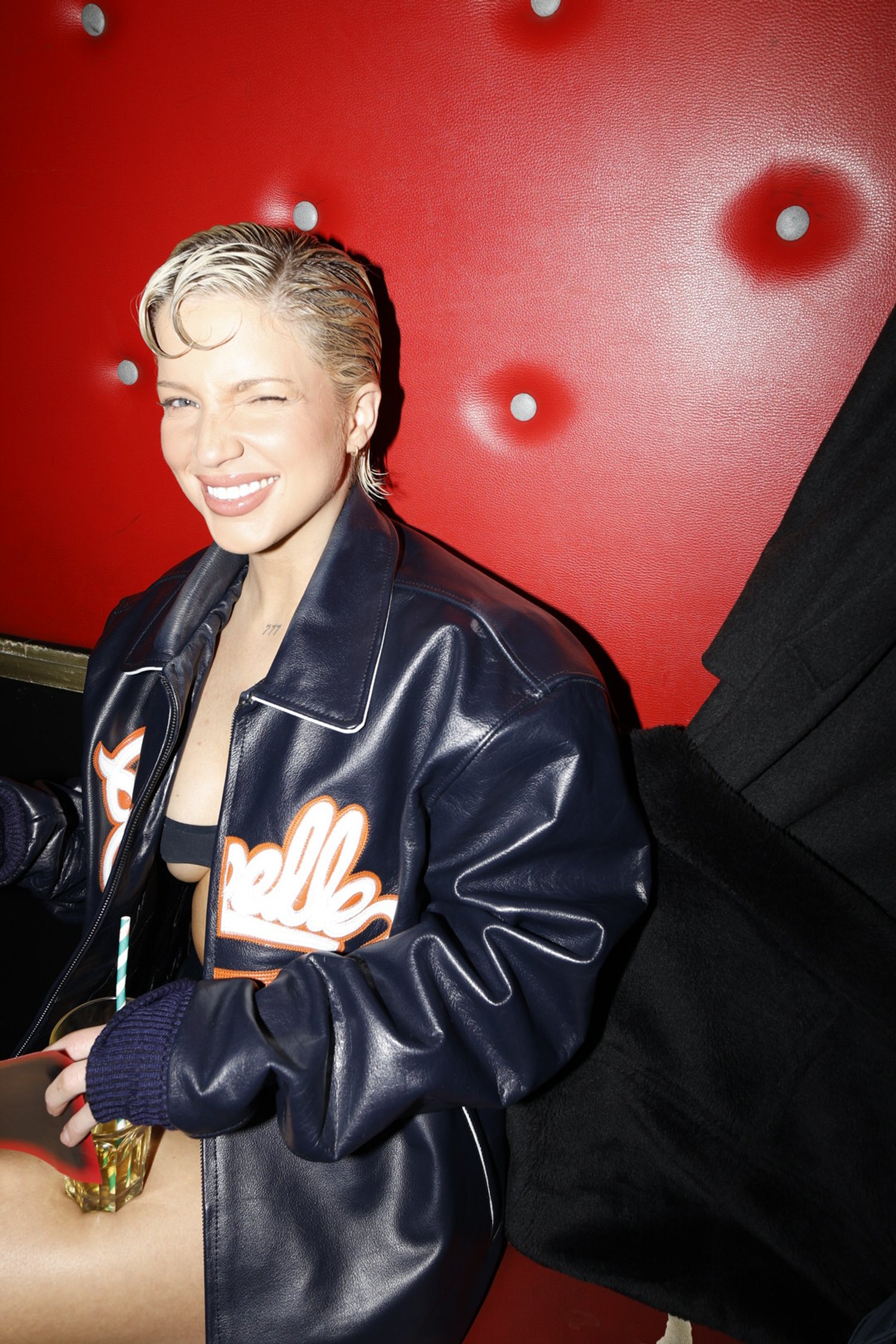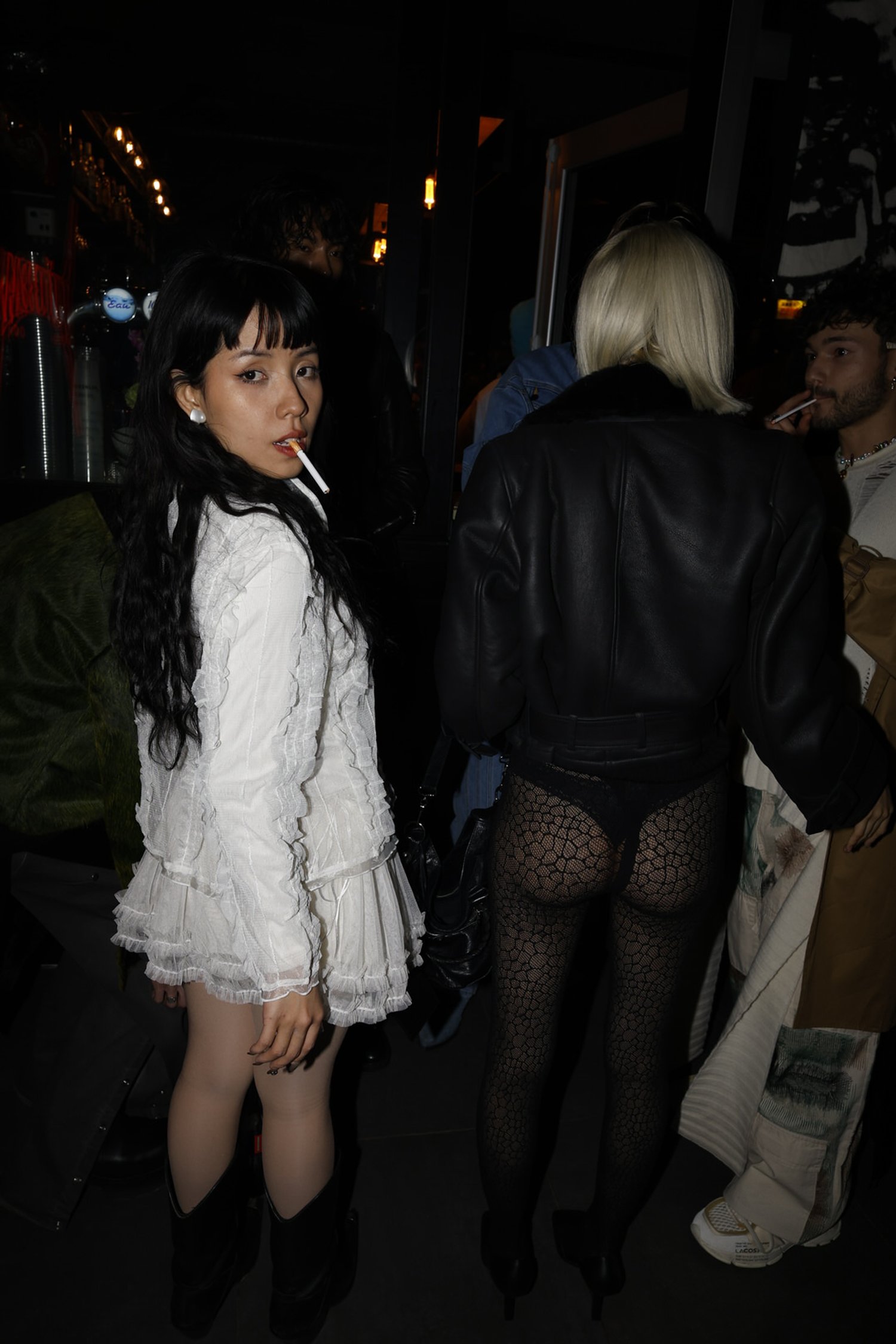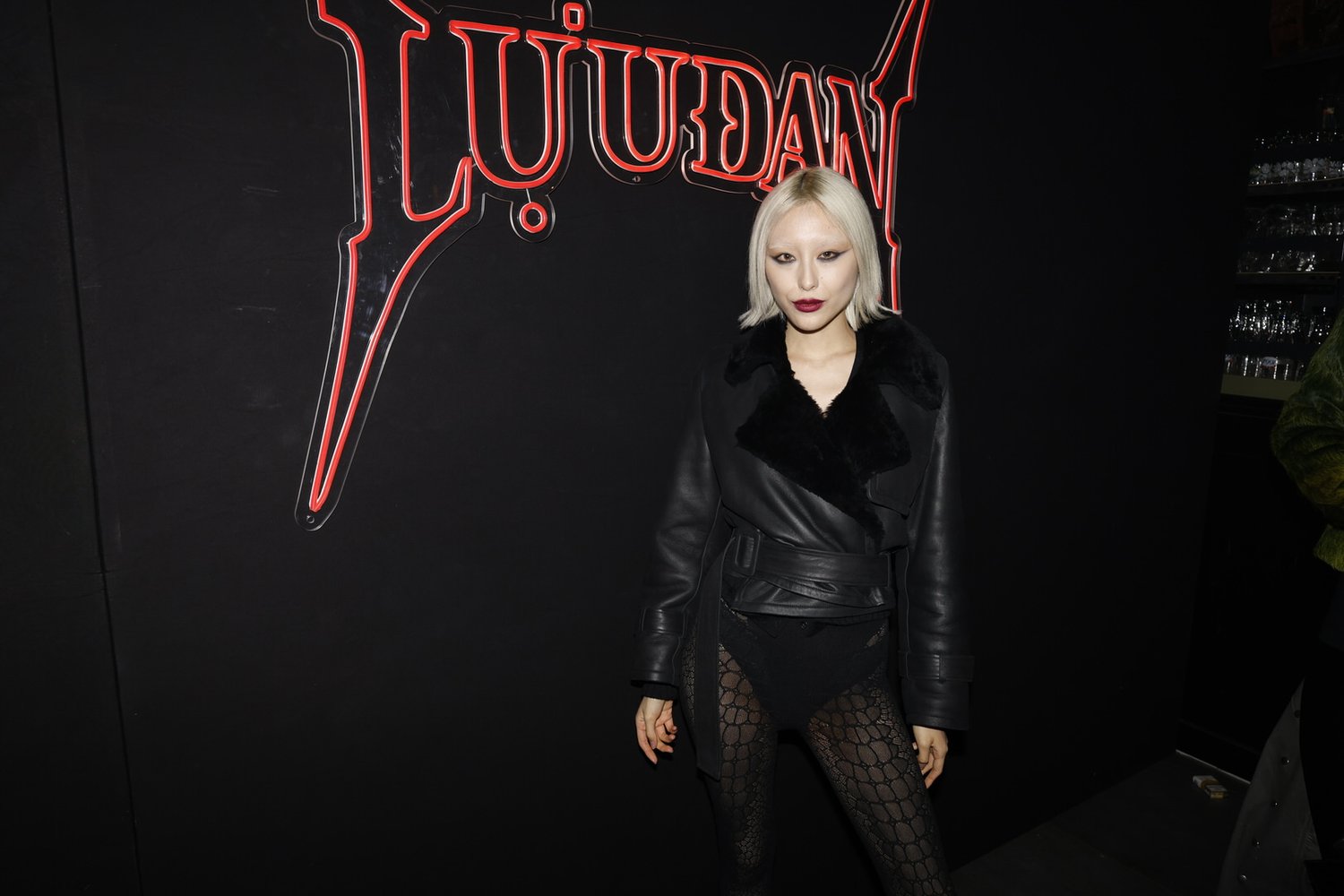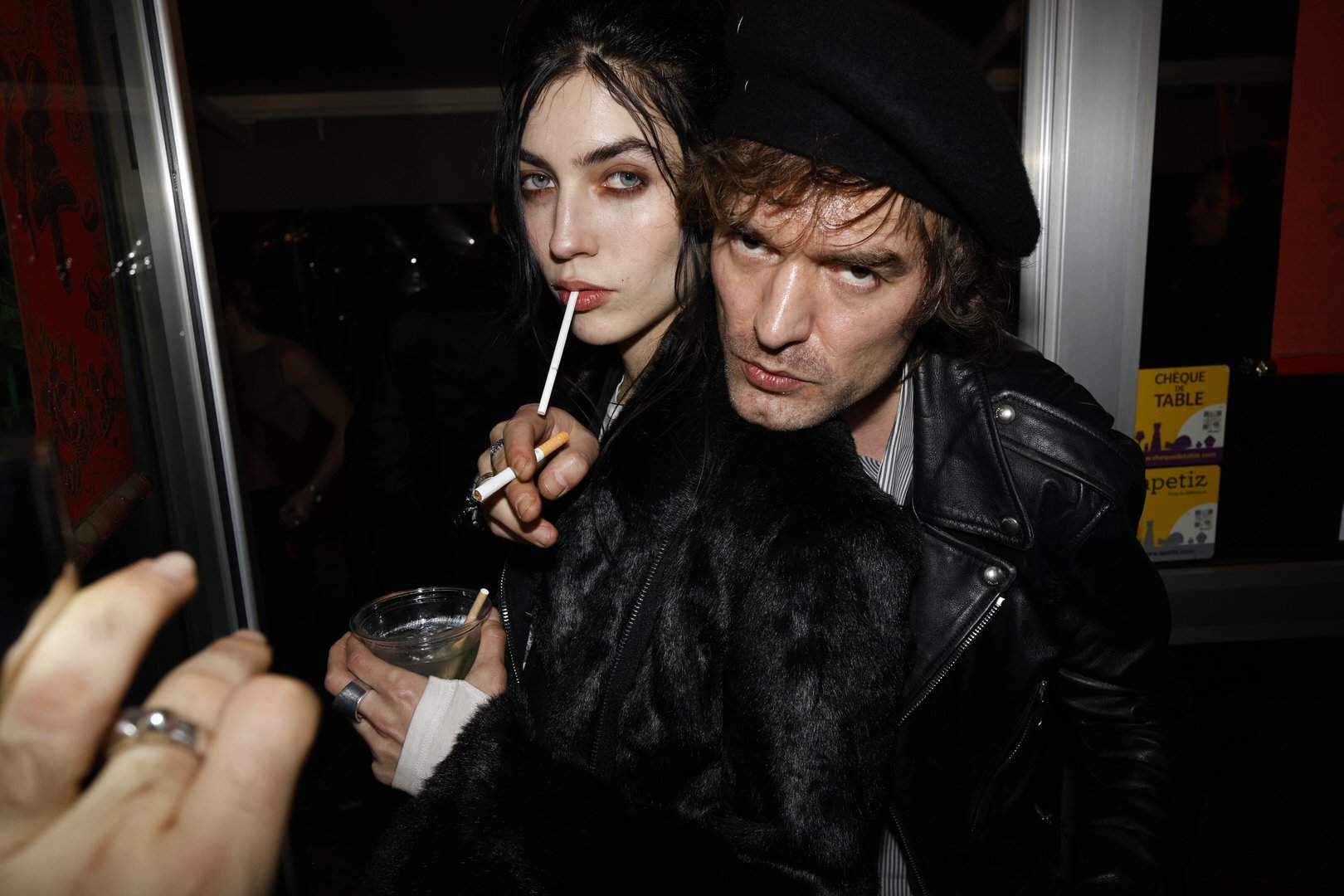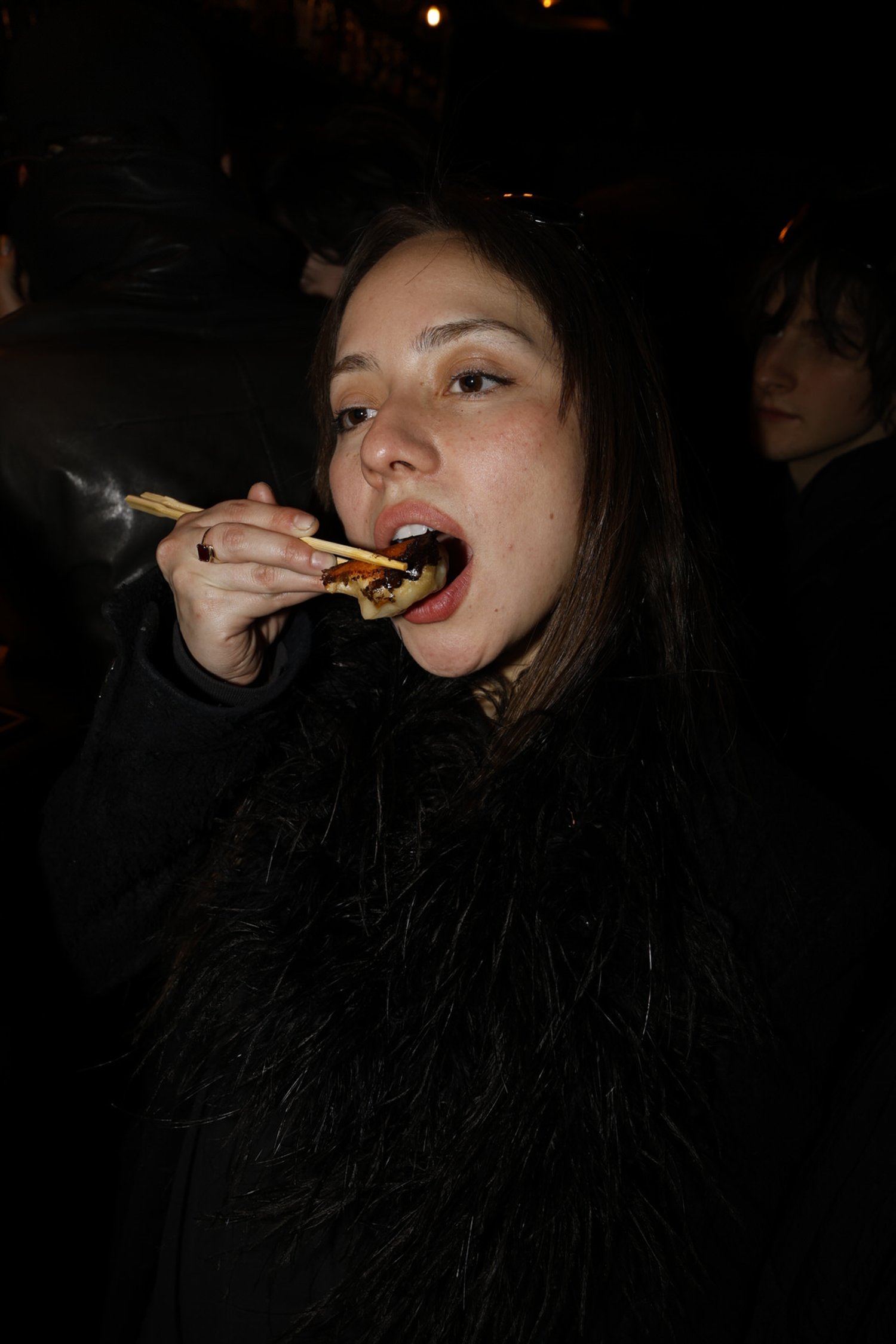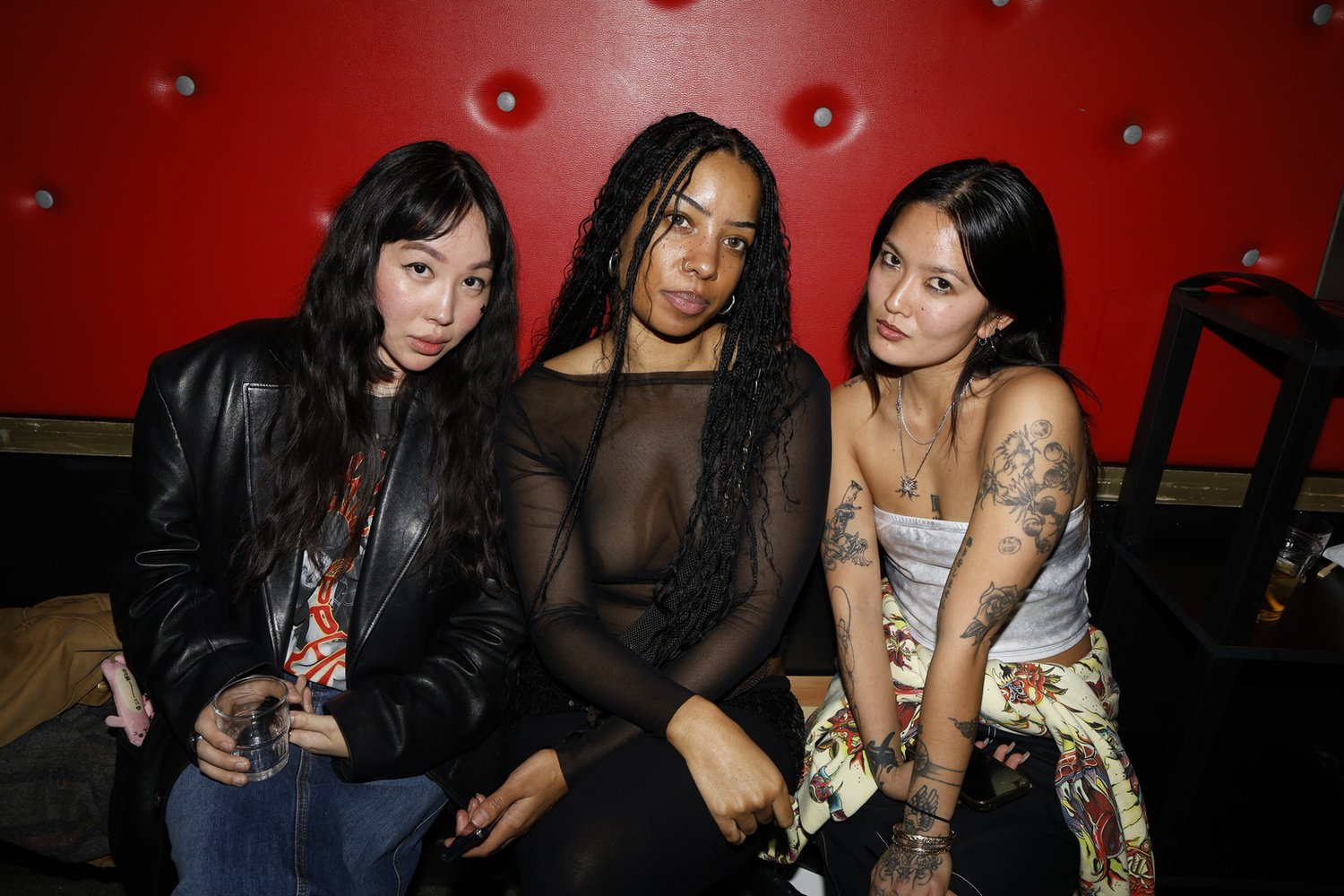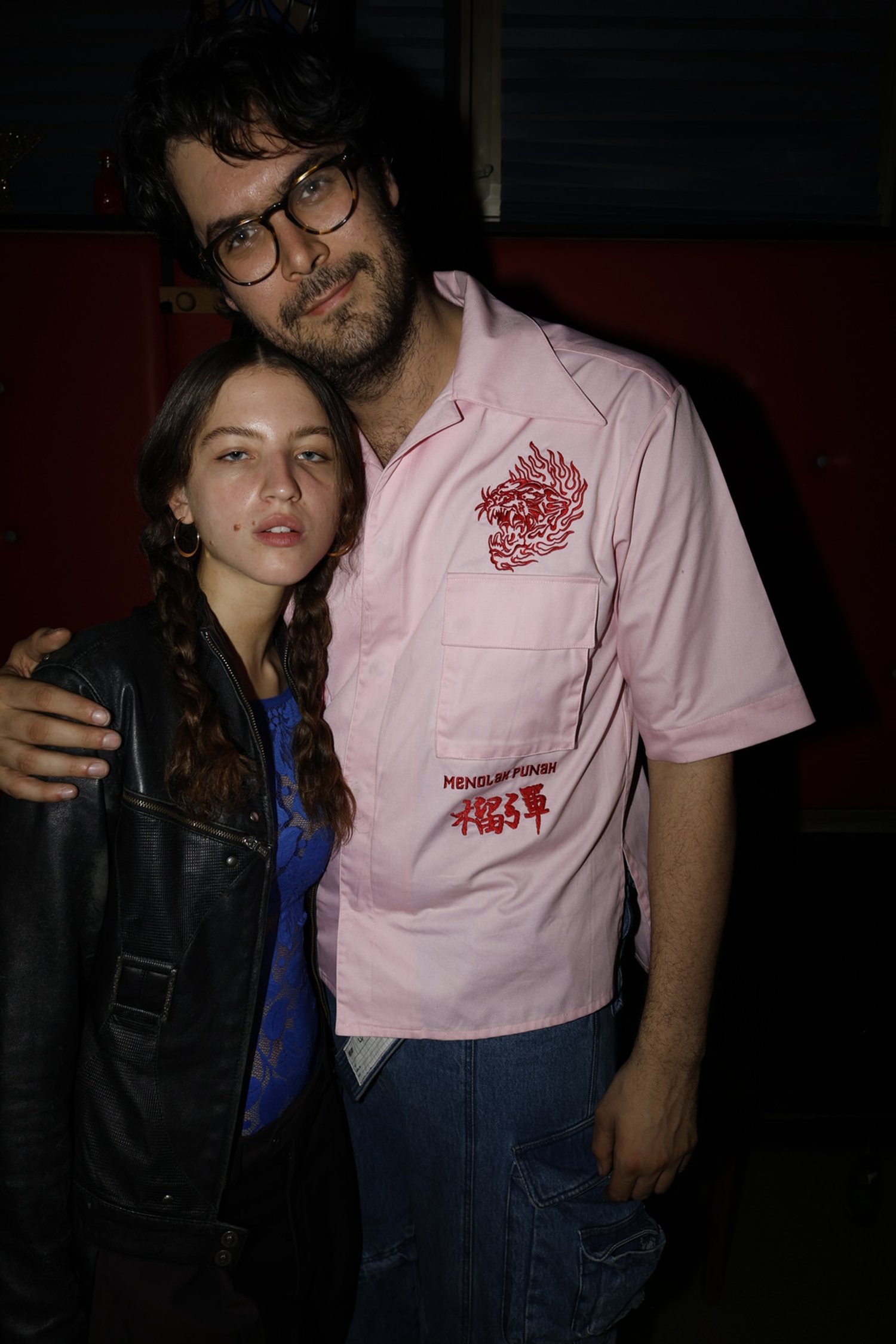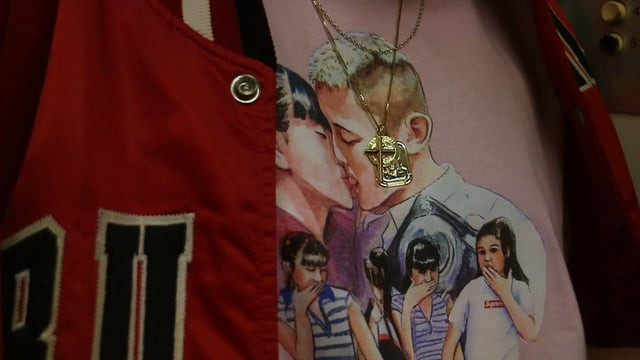Jan Gleie Gives You: Hypetrade
If you aren't currently in Copenhagen, you can always head to HYPETRADE.EU.
Stay informed on our latest news!
If you aren't currently in Copenhagen, you can always head to HYPETRADE.EU.

Drawn out of the house by the allied currents of my roommate Liv Solomon and the promise of a free drink, I found myself at the launch of Slow Collapse: One Ocean, All Lands by pure chance, battling the opposing tides of a Thursday night out and the desire (desperate need) for an early night in.
Our local wine shop was hosting a tasting, hence the free drink and some wine knowledge. But as so often happens in the treacherous waters of downtown Manhattan, a riptide comes along to tear me away from my perfectly laid plan of a single glass of wine, minimal conversation, and a restful sleep. A photographic obligation for Liv but one that she says I “might actually be interested in,” something that is not always the case with the events that she finds herself frequenting. Afraid of finding myself beneath the waves of the night, unable to break to the surface for a breath until I am nearly out of it, I can’t argue with the allure of a colliding of worlds or, at the very least, the logistical reasoning that nanamica NEW YORK, both a partner in the project and where the event was taking place, was en route to the wine.
Following the flow of intersecting interests is precisely what brought this project to fruition in the first place, a collaboration between artists Theophilos Constantinou and Anthony Jamari Thomas, whose individual endeavors may not be thought of as being entirely from the same worlds but who found themselves caught together on a tide of exploration regarding the expansive and expressive forces of nature. Founded by Eiichiro Homma and functioning under the resonant philosophy of “ONE OCEAN, ALL LANDS,” nanamica NEW YORK became swept along for the ride as well. The end result of which is Slow Collapse, a book consisting of imagery illustrating both the complicated and deeply connected relationship between humans and nature, along with words few in number but plentiful in power.
Though there is an obvious power in the images and words of Slow Collapse, in the midst of the scenes of sociality swirling around the tables on which the book sits, lit by stark bright lights despite evidence of the fading day occurring outside, there is something that feels insufficient. In a storefront in Soho, so far removed from the force that is supposed to be the focus of the night, it can be easy to wonder where we fit into all of this.
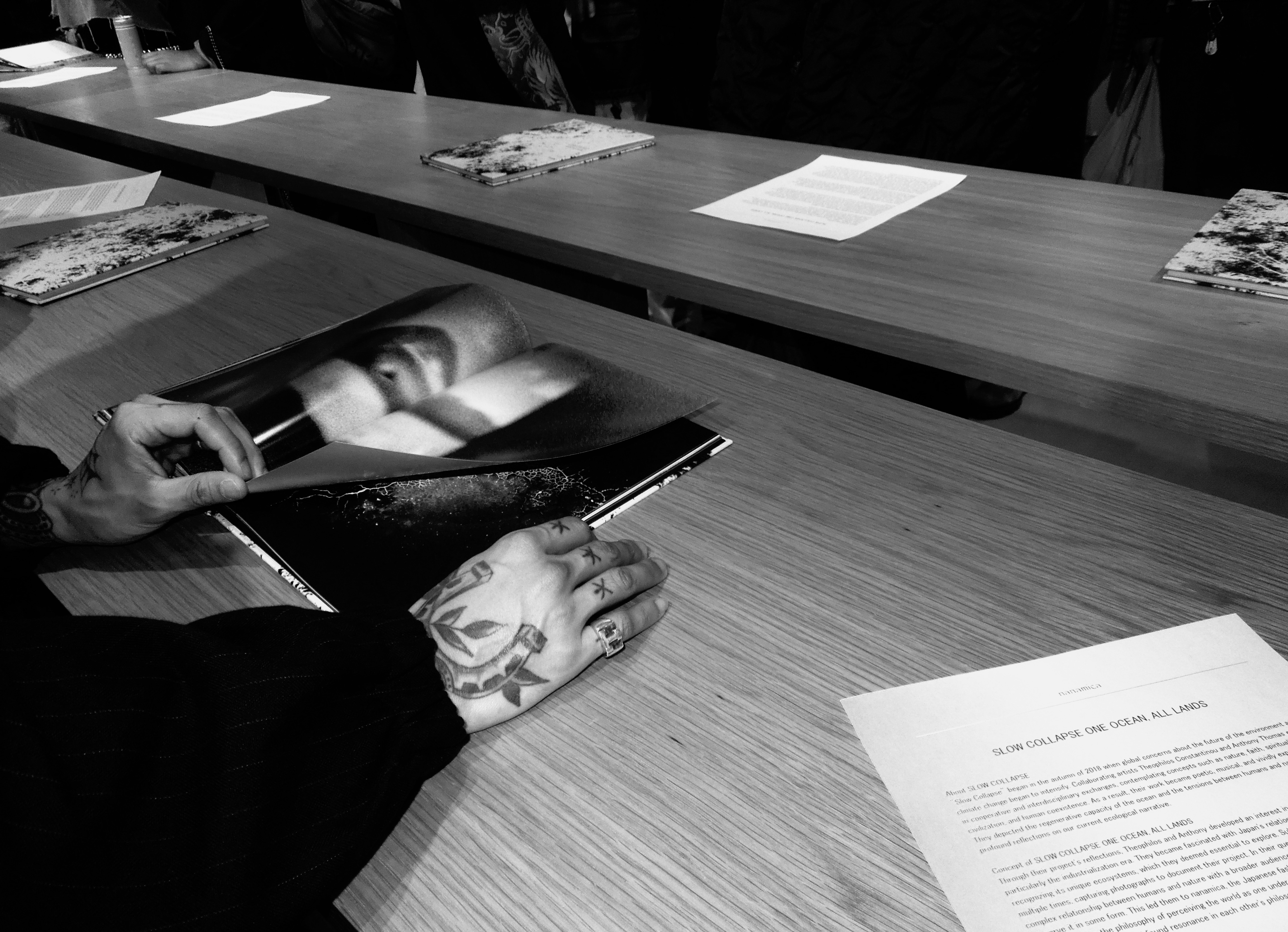
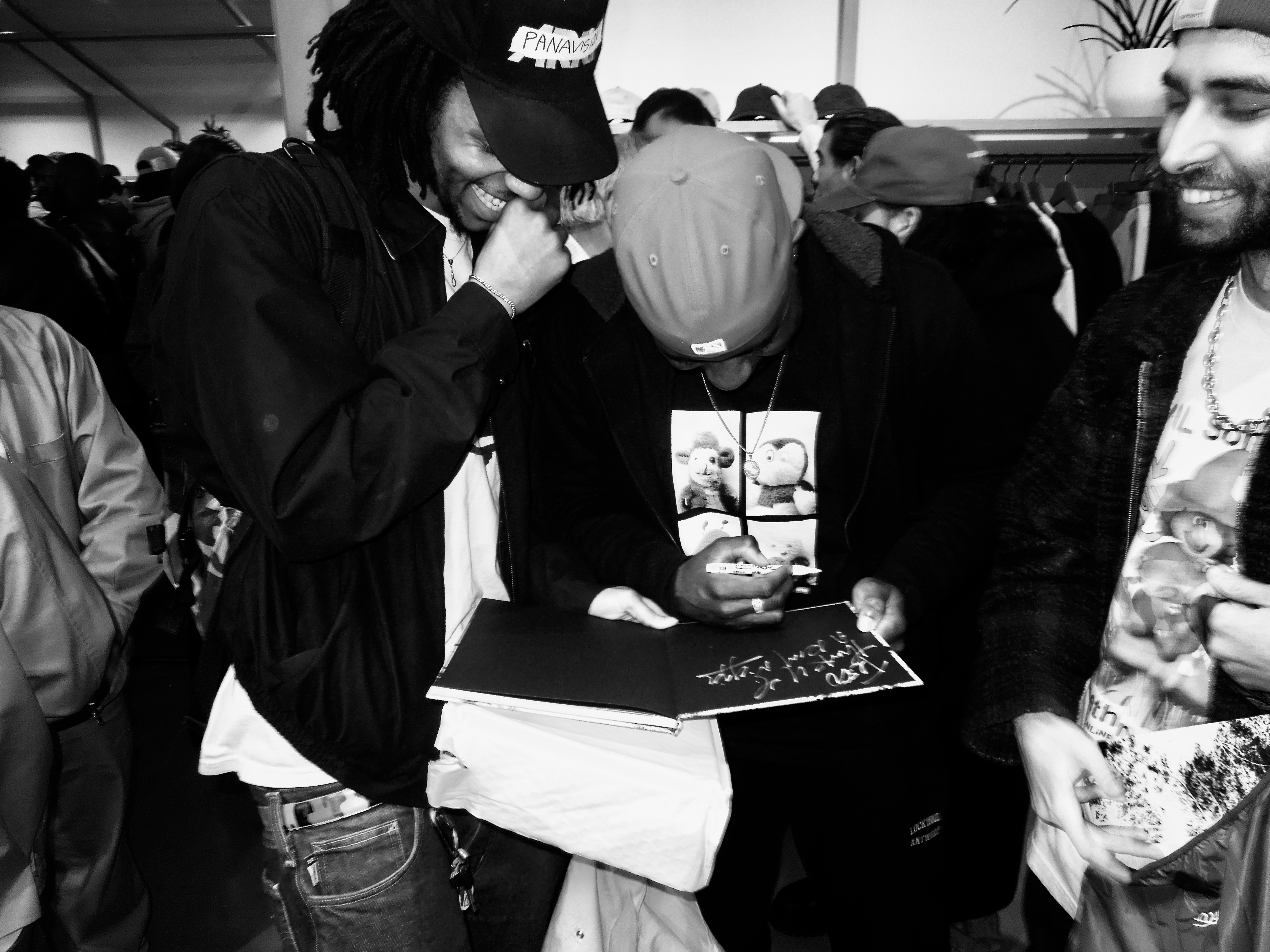
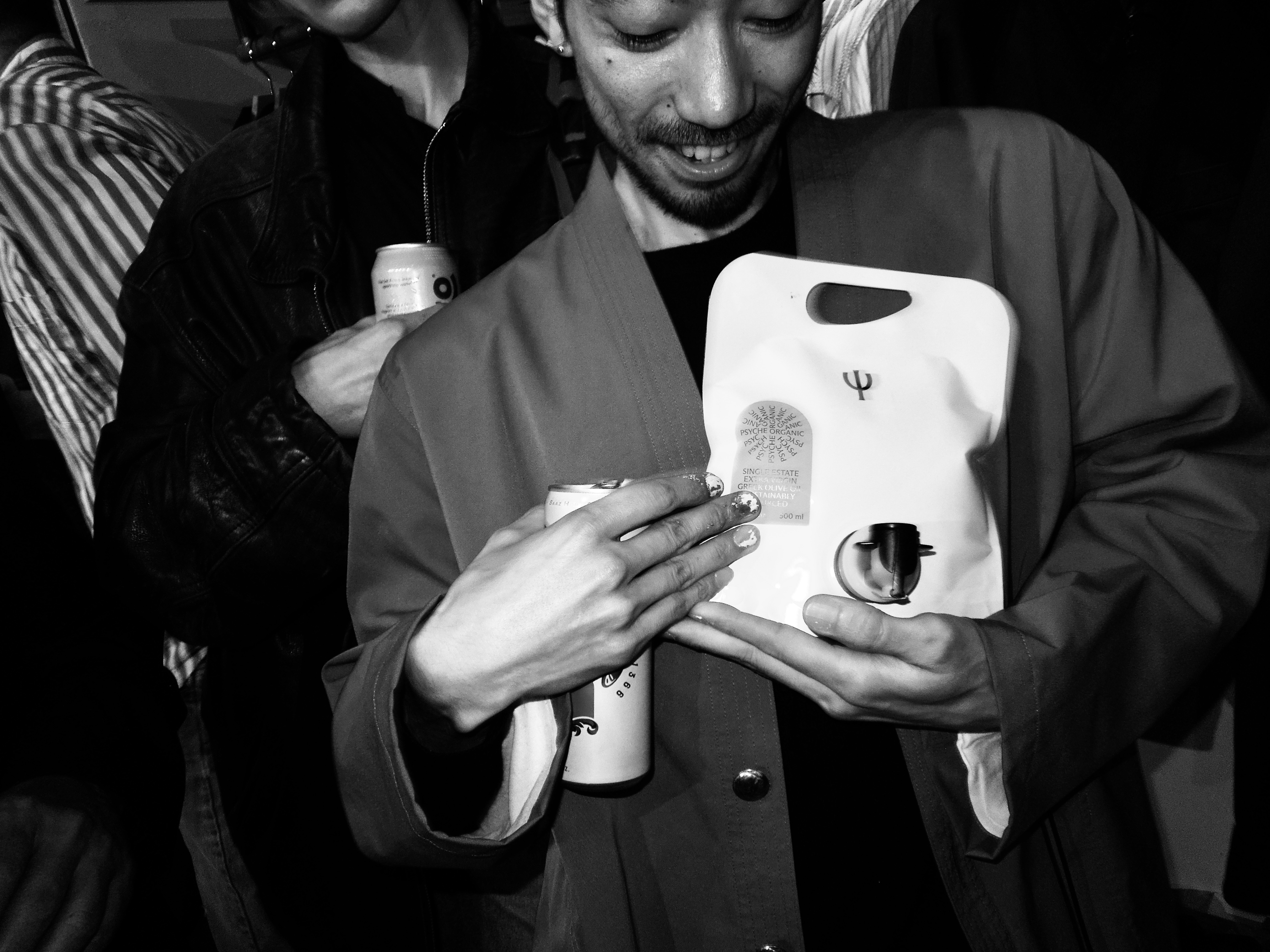
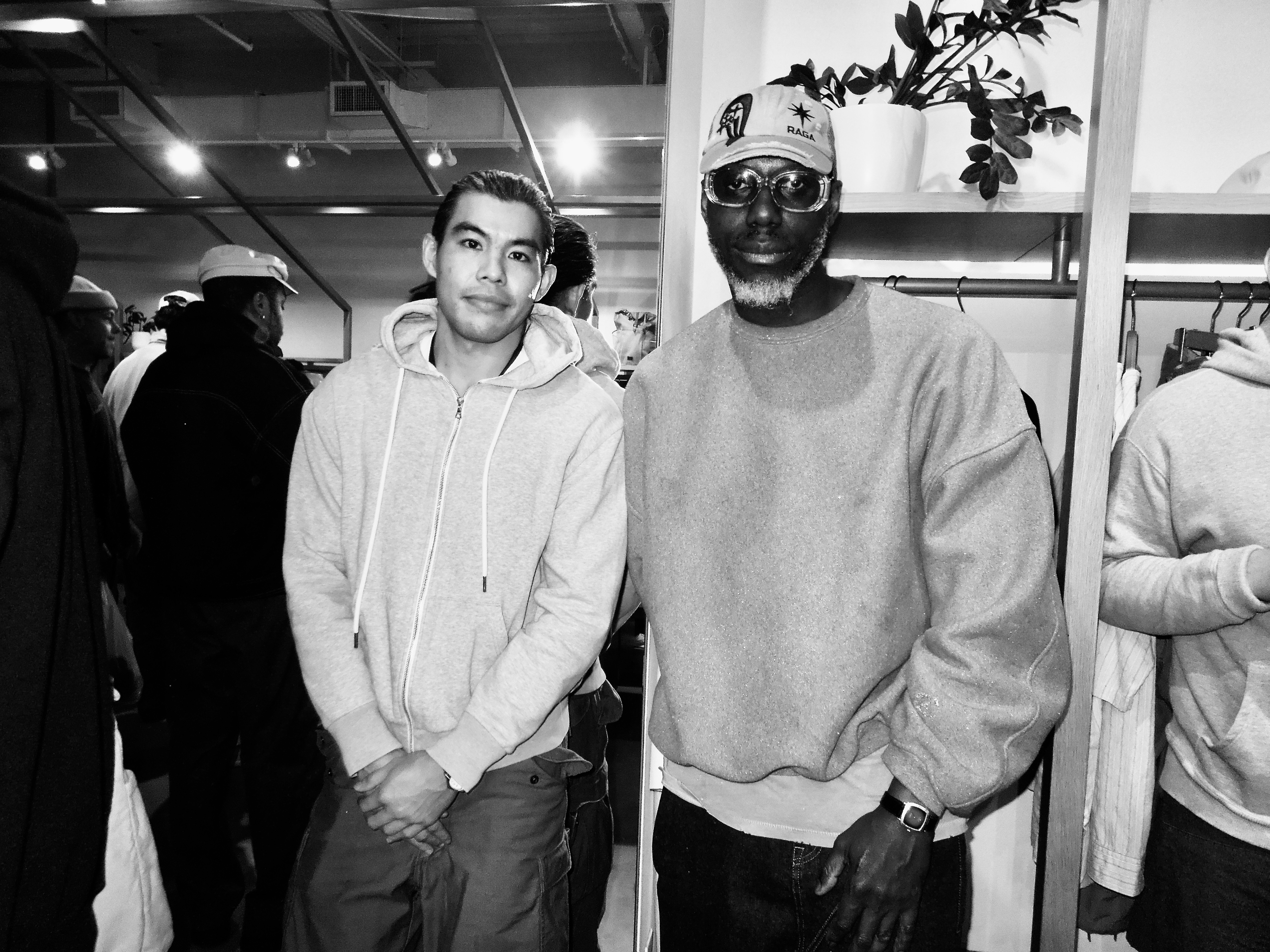
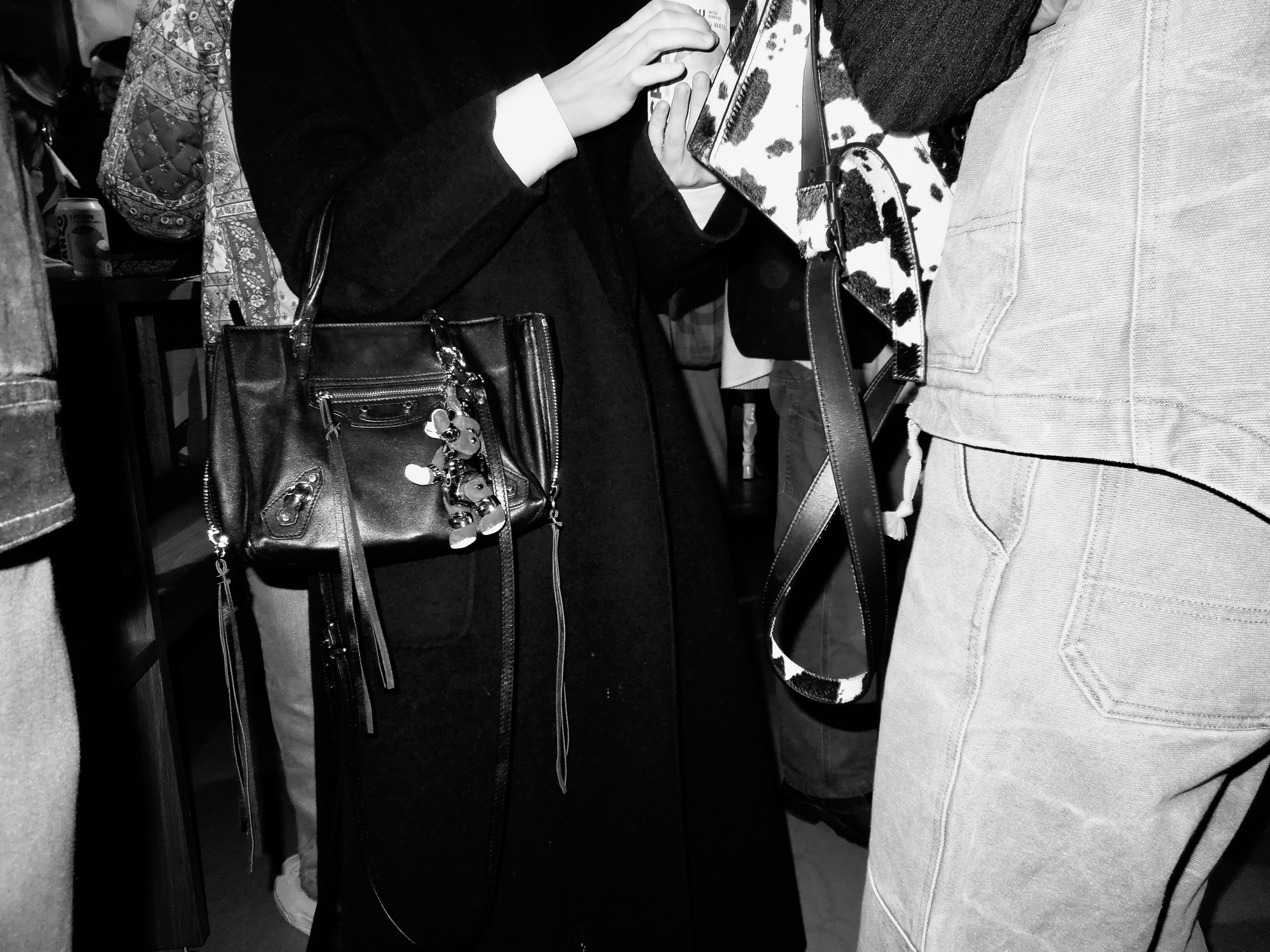
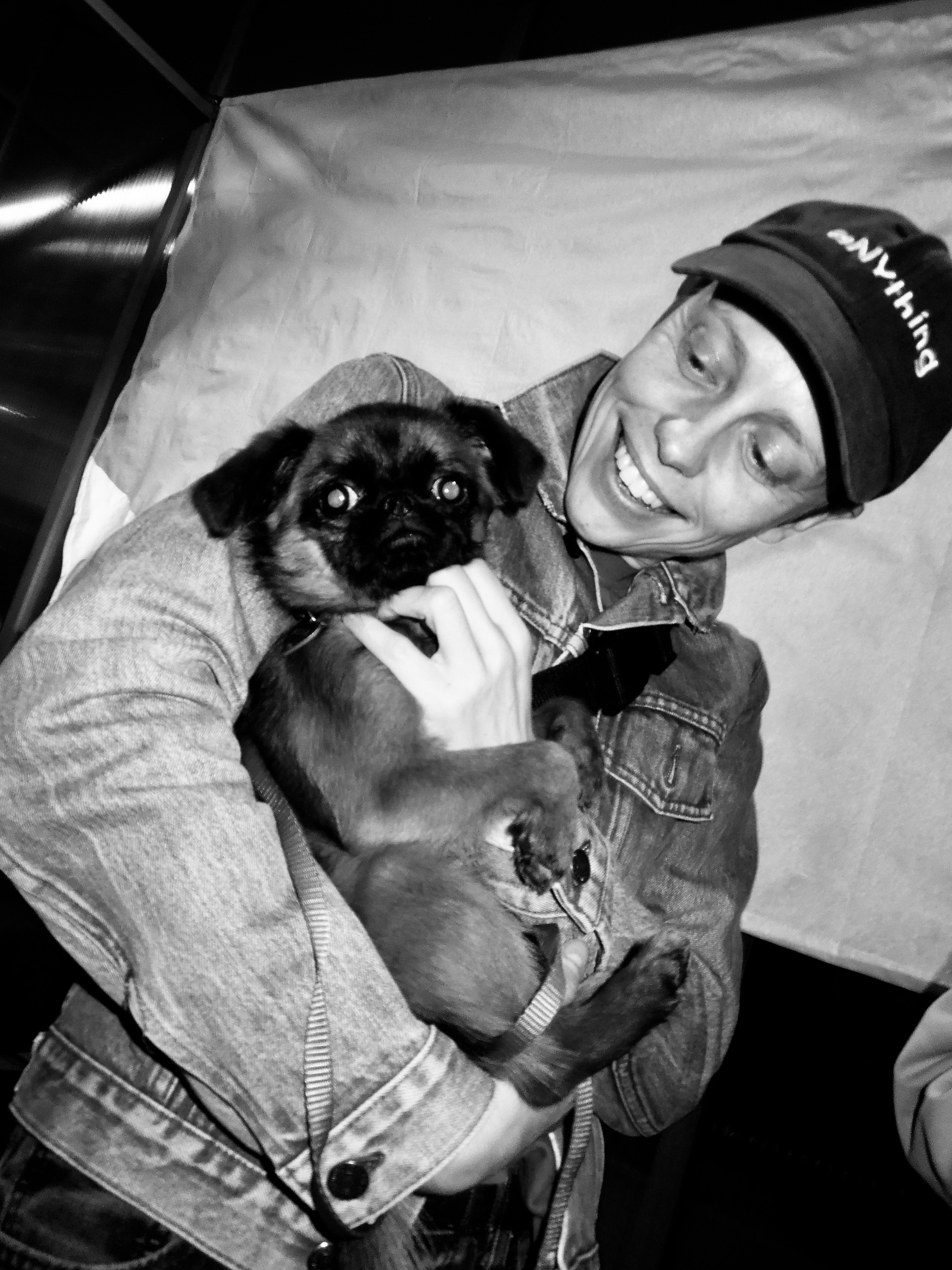


What place does art/do artists have in the business of nature and the ocean?
Theophilos Constantinou— It is one of my deepest beliefs that an artist must create around the global consciousness of their time. In our time, society has lost its way in regards to our relationship with nature. The destruction and pollution of nature and oceans through industrialization has led us to dire circumstances. If we are to create, what are we creating and to what means does that creation speak to this crisis. Artists don't have any business in nature or the ocean if they don't wish to make art relating to either. However, if you go to any myriad of museums around the world, most paintings are of landscapes or oceans. Planet earth is our home, she gives us the raw materials in which to create. This process is holistic. That is the place in which I believe artists have in nature and the ocean. And this project in particular is our document of what we deem as the 'slow collapse' our environment in the context of 'One Ocean, All Lands'
In the theme of tensions between nature and people, where do you see these tensions reflected in the relationship between the simultaneously contrasting and comparable environments of the ocean and a city like New York?
Anthony Jamari Thomas— Tension is such an incredible word to describe the ethos of this work. A permanent tension, a desperate tension, that carries our survival. Unfortunately, tension also describes humanity’s affair with nature’s preservation and how we’ve come to engage with its vitality and future. I also want to preface this statement, the words, ideas and concepts of this book present a knowingness that I certainly want to dispel, if anything this work is an observation of this tension, kind of like when you know you can’t stop something, so you hold dear the moments of reflection you actually can have.
Living in NYC I’ve come to feel connected to our global conversation of warming, through different fronts: fashion or politics but often through the conversation of production and even so I have always felt slightly disassociated from the conversation. The concrete has a way of mystifying your reality, where your environment can be as vast as your three neighbors to the right or the bodega you frequent. But what I have come to know, is that there is more out there and marginally, cities like ours have an even more palpable impact on the state of our environment than we perceive. I think rather than imagining demise, I think we should acknowledge this tension confront so and see such as a form of regeneration - as our civilization dwindles, nature will find ways to rebirth what was lost and I’m sure life-forms like our oceans, when the elements that prohibit so are controlled, can return to a state of peace.
This project having been sparked by an increasing focus on climate change and concerns about the environment, what impact do you hope to make with it?
Eiichiro Homma— Since environmental issues have become significant challenges for humanity, many years have passed. I believe there have been numerous efforts, including discussions among governments and the United Nations to establish rules for environmental improvement. However, it remains a fact that environmental destruction continues unconsciously in businesses as well as in the daily lives of individuals. Humans tend to think that as long as they follow the rules, everything is fine. Through our project, we hope to raise awareness of the beauty of nature and the ocean among those who do not usually interact with them or have no interest in them, encouraging each individual to start finding solutions to environmental problems.

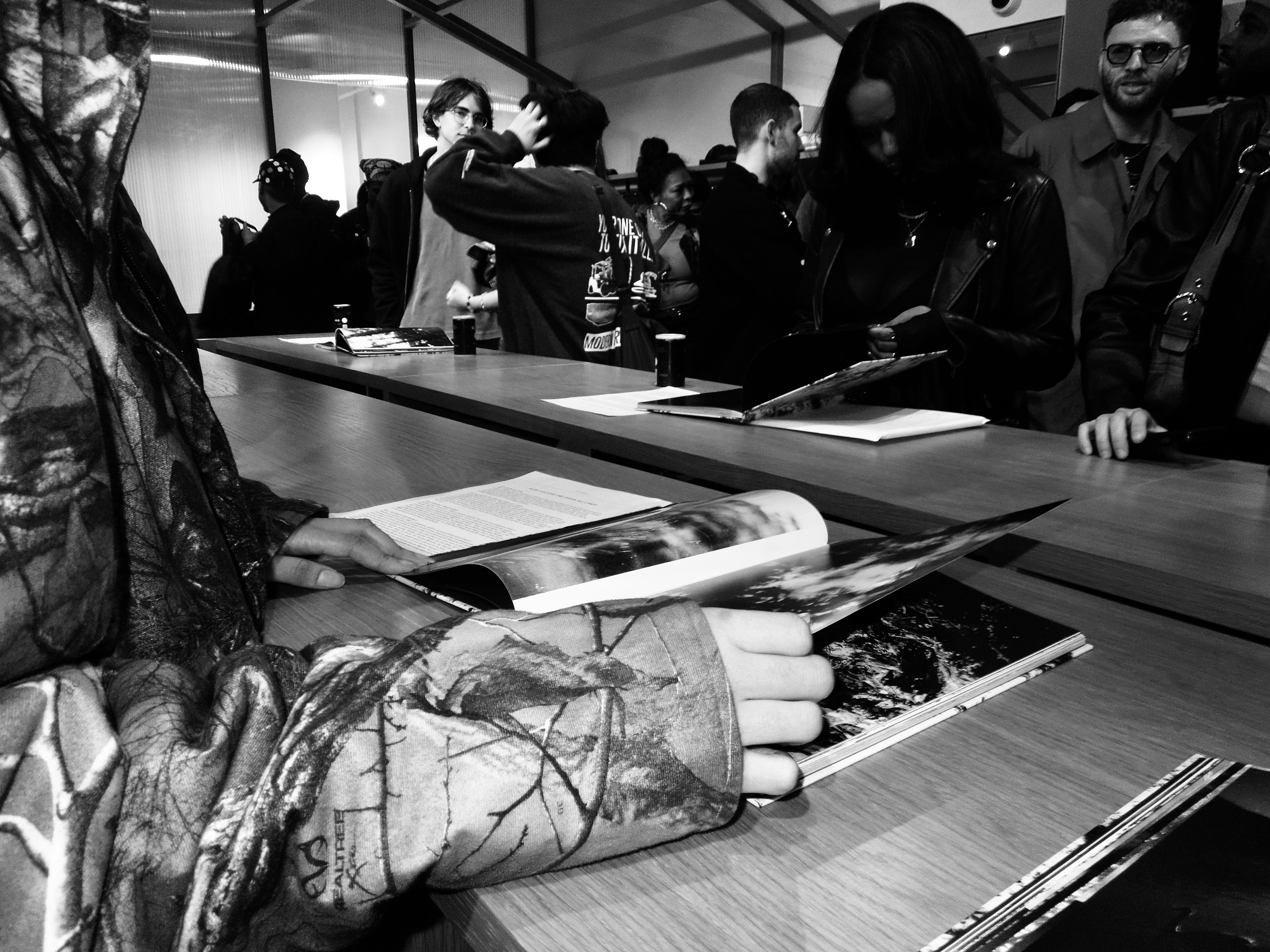
As Aslak Aamot Helm reminds us in the apt conclusion of Slow Collapse, which itself concludes with “(I still don’t know where to end),” “Everything that is about us, is also about Earth.” So long as we continue drifting along the currents, following the tides, allowing ourselves to sometimes get caught beneath the waves, but always finding our way back to the surface for a breath of fresh air, we can never be truly removed from these natural forces because they are us and we are them.
Not above the surface, but not fully submerged either, I finish my canned sake and take an extra few moments to walk to the corner to throw my cigarette butt into the trash can (an act that is mostly fueled by how guilty I feel about my existence on this world on any particular day and which feels like the least that I can do tonight). I arrive at the wine shop too late, they’re out of wine. I attempt once more to achieve the promise of a free drink but my friend who works at the bar down the block tells me that they’re closed for a private party. I take this sequence of events as some great sign from the universe to go home and get some rest, though I’m sure it’s a moment that the universe couldn’t be bothered with considering everything that I have been reminded that it is already dealing with. Between an absence of alcohol (one can of sake doesn’t count) and thoughts of the sea swirling around my mind (hopeless, hopeful, and the full range in between), I’m certainly still caught between an array of allied and opposing currents but am saved from drowning for at least one night longer.
I too don’t know where to end, nor do I think that any of us do, but we can at least do all that we can so that we won’t ever have to say that we never began.
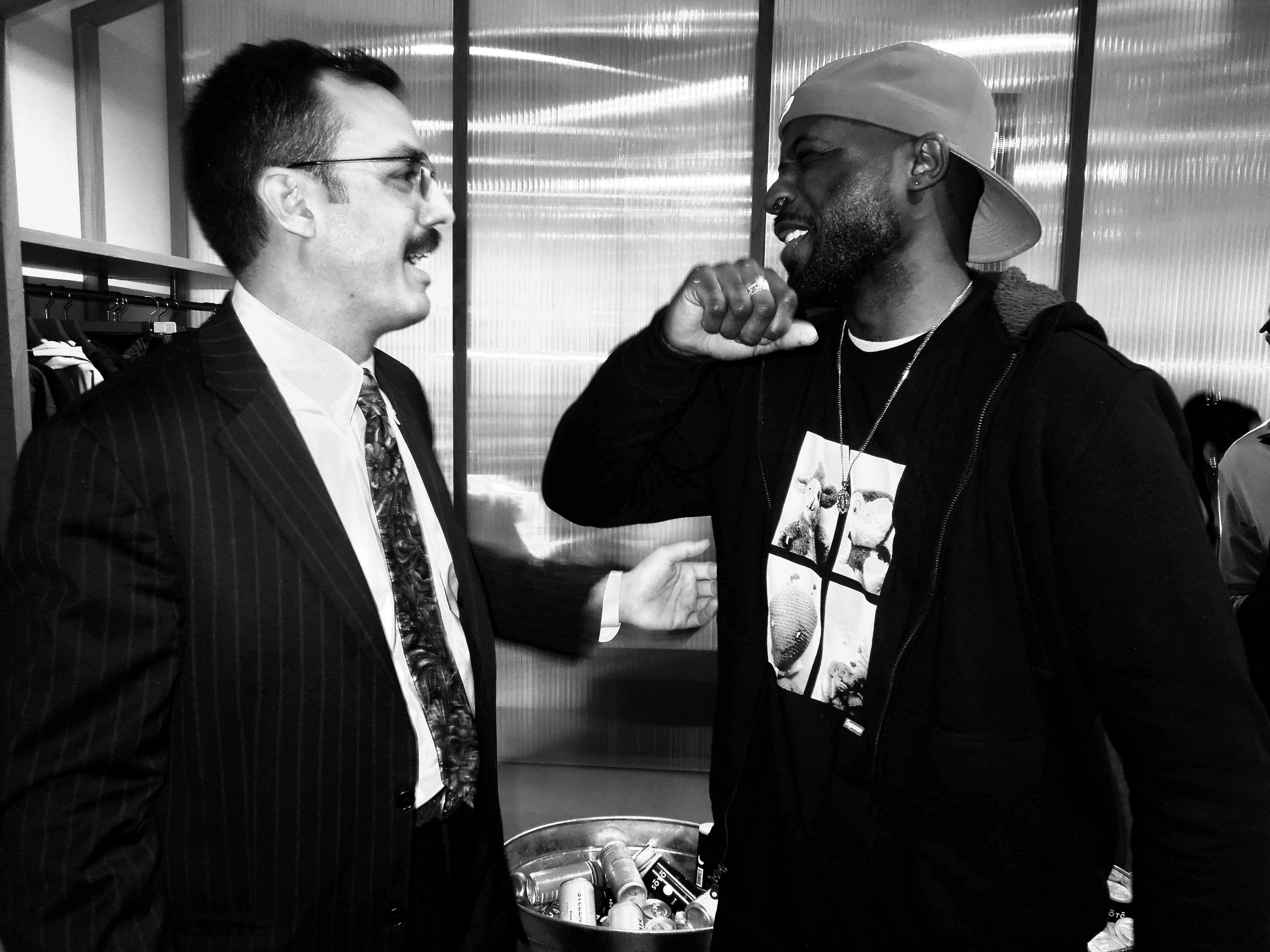
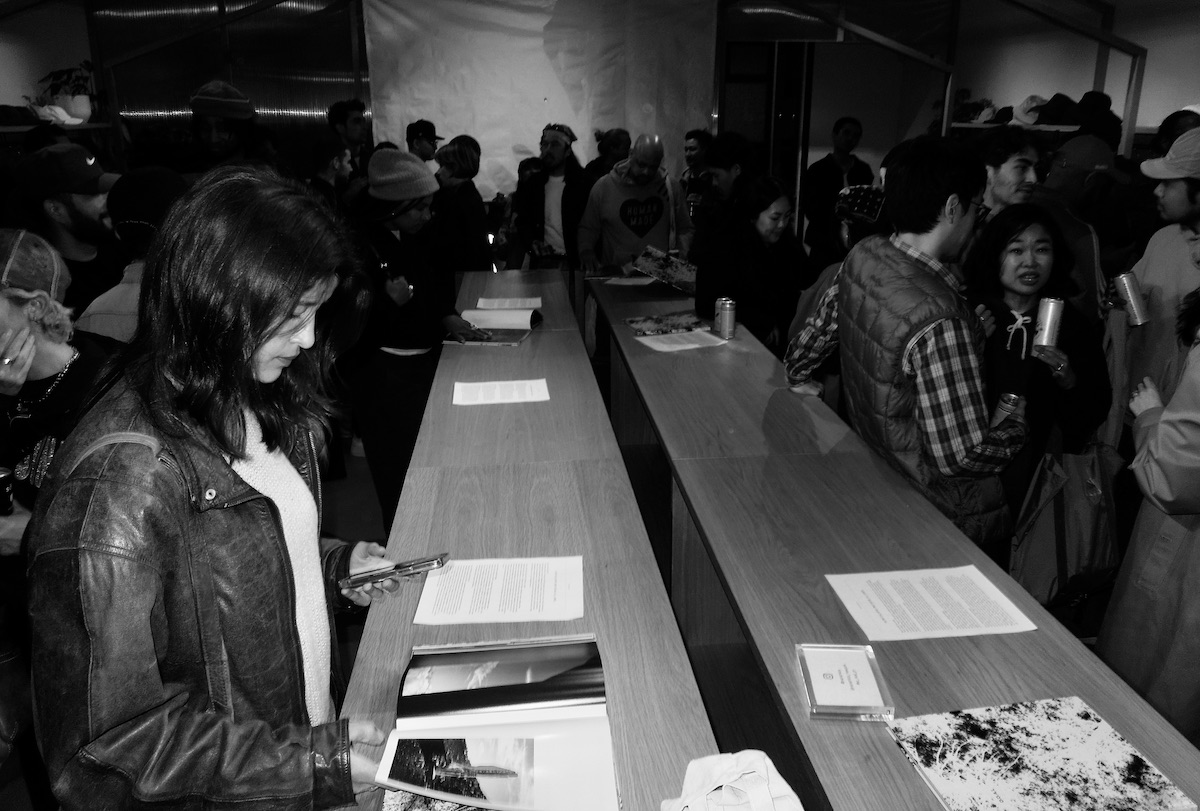

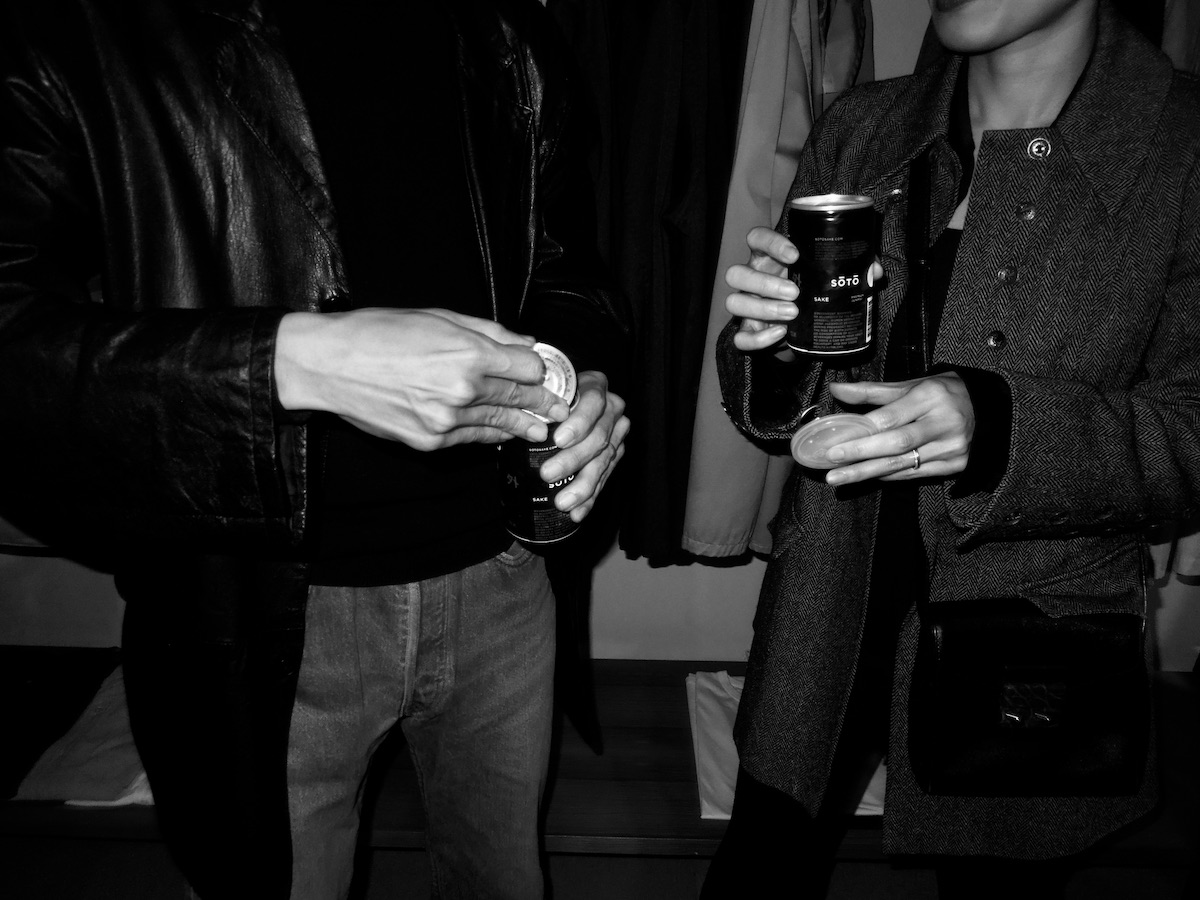

Slow Collapse: One Ocean, All Lands is available for purchase on the nanamica webshop.
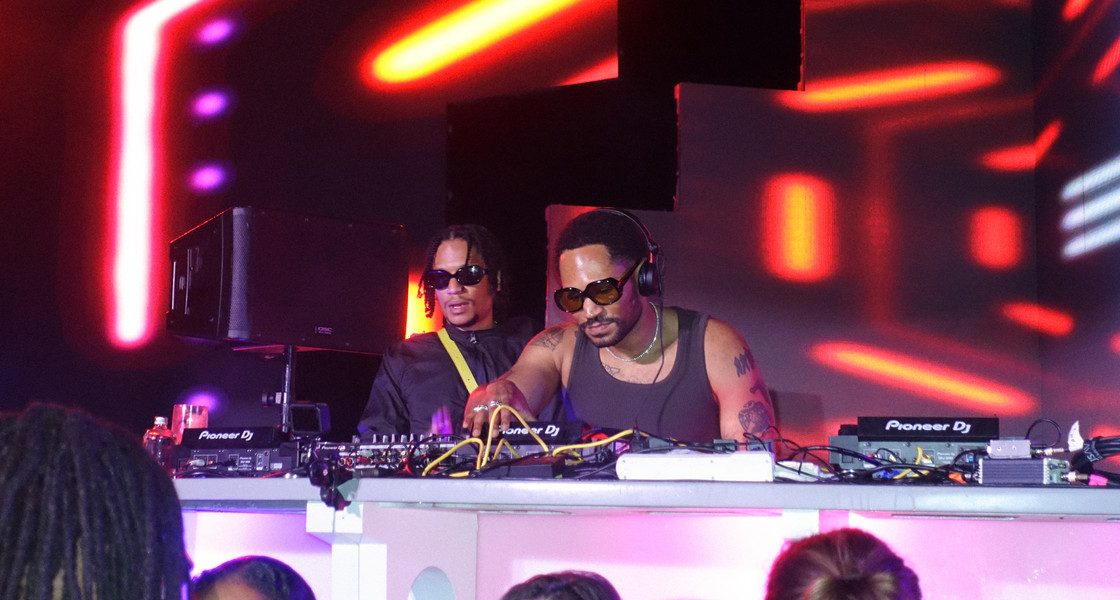
We walked around paradise with an off duty Chef Paco to tell us a bit more about his new venture and opening weekend.
What was the highlight of the opening weekend for you?
Chef Francisco 'Paco' Ruano - A highlight of the opening week definitely was seeing the joy of our entire team vibing together, putting in all the incredible effort that it took to make it all possible.
What’s your favorite ingredient?
My favorite ingredient is sour orange; I love it because it's something we have a lot of in Guadalajara.
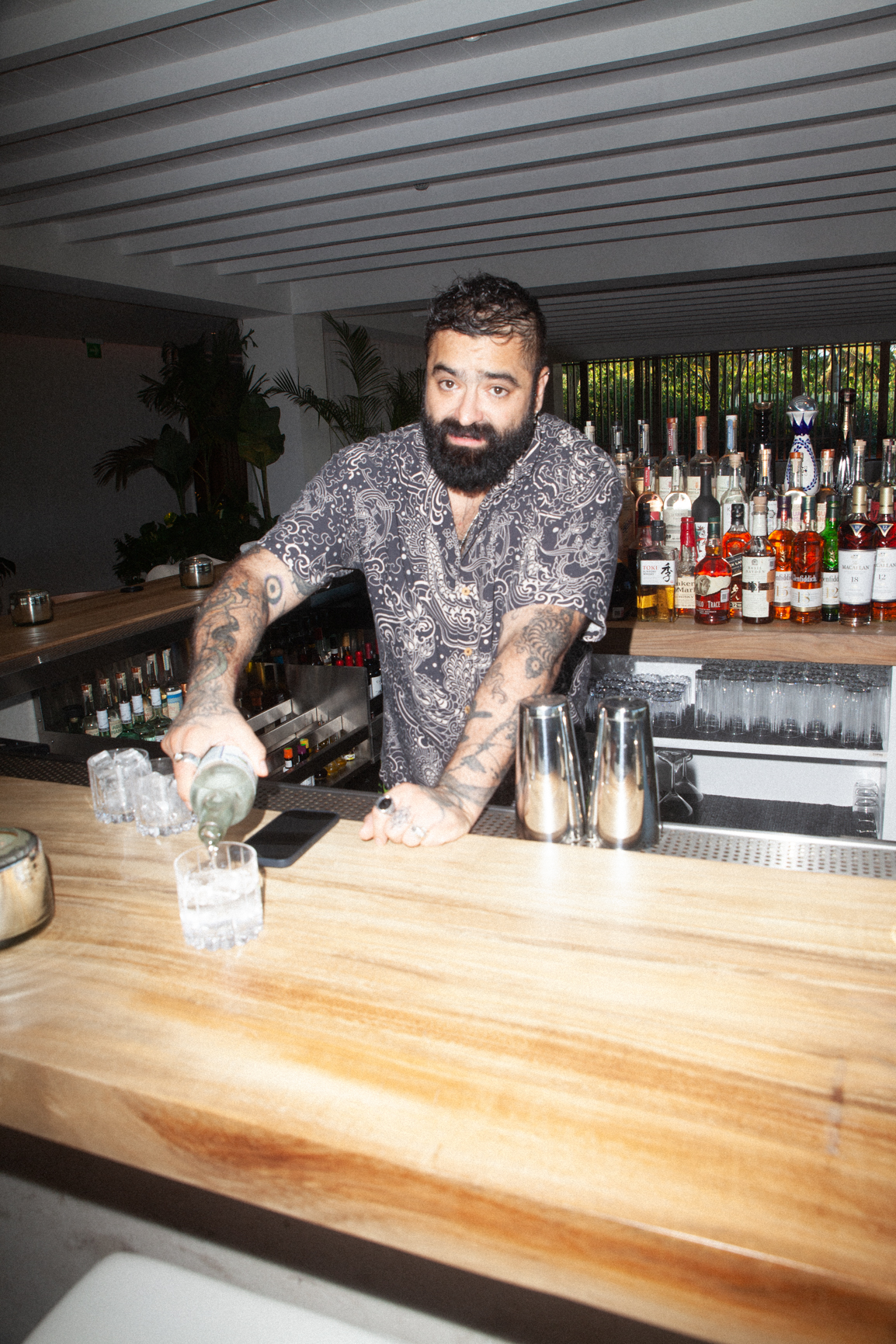

How do you source your ingredients?
Wherever we go with our food, we contact as many local producers as we can. We don’t have any issues finding the best, even in Mexico – Baja California, Durango, etc.
What makes your partnership with The Riviera Maya EDITION at Kanai special?
I feel very flattered and fortunate to be involved in this project and to have the opportunity to collaborate with other amazing Latin American chefs, like Thomas Bermudez. Riviera Maya is also very close to my heart, so that makes this opportunity even more special.
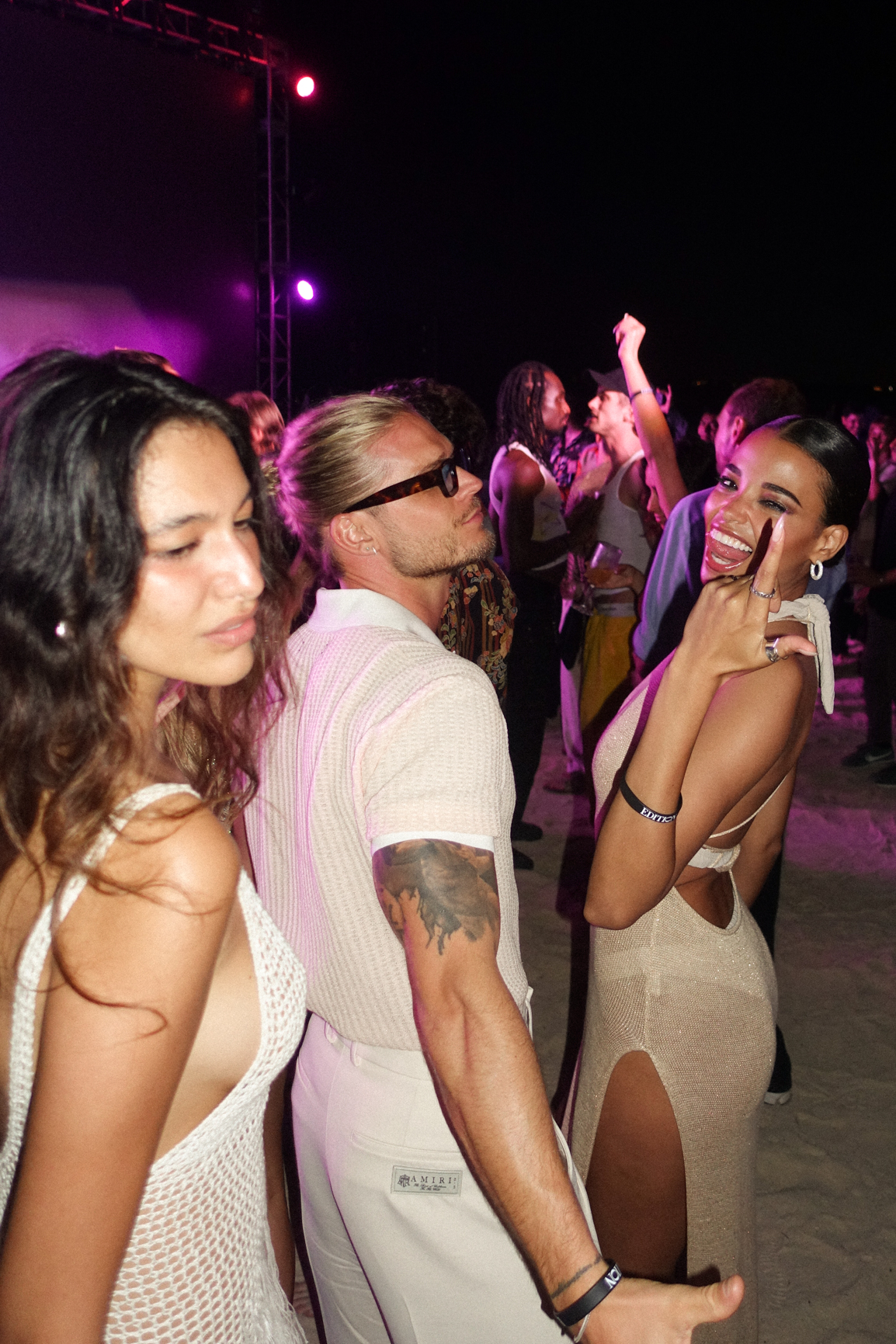
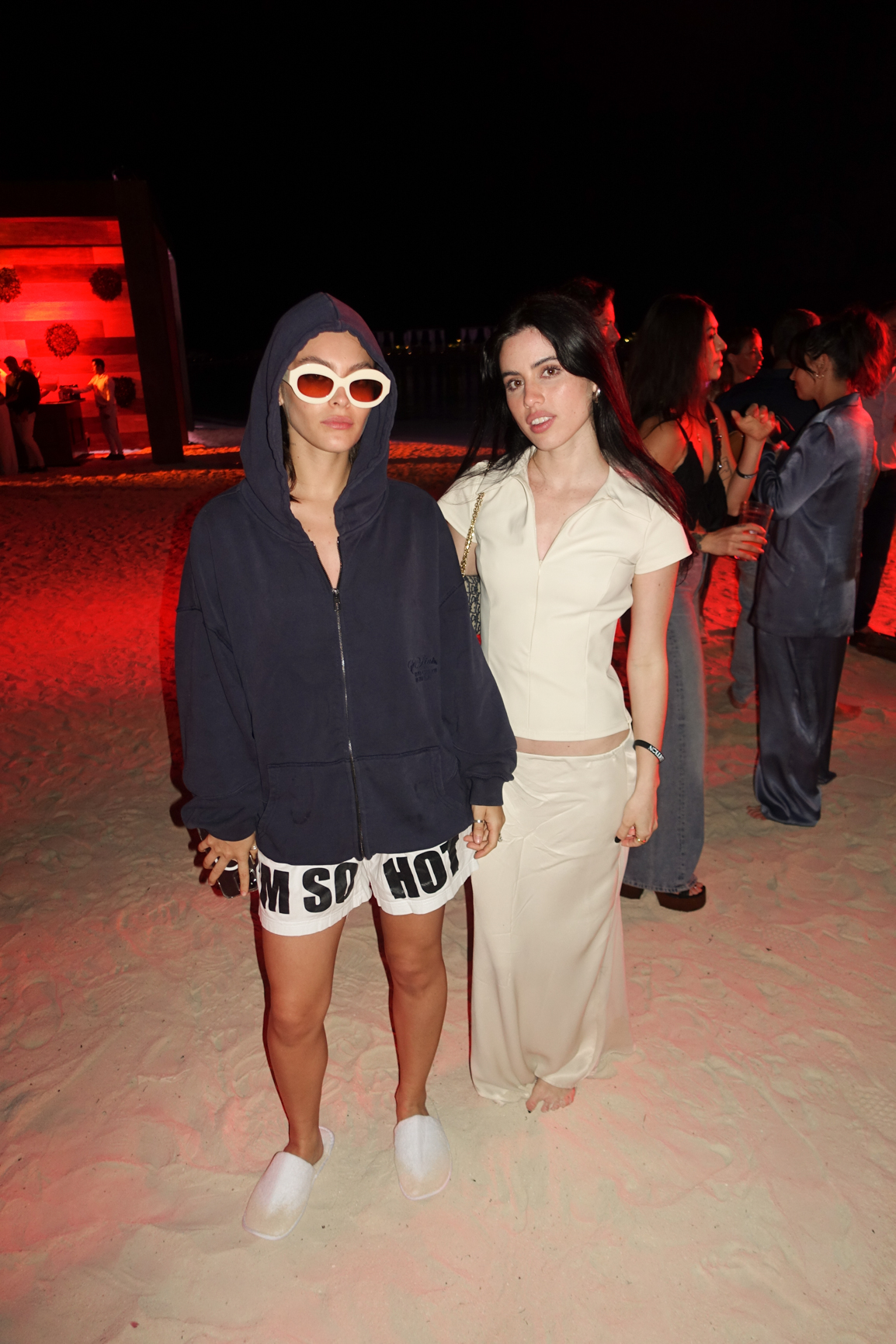
Would you say you have a signature dish?
I would say that our signature dish at KI’IS is the stuffed pumpkin with macadamia nut ricotta - it's something that gets stuck in your mind and reflects a lot about my style of cooking and the local culture.
How would you describe your culinary philosophy and style?
I would describe my culinary philosophy as dealing with simple things and trying to make them perfect. Not overcomplicating, but showing that we are focused on what we do – something understandable and universal in terms of flavor and presentation.
How does your food tell your story?
My food tells my story in the way that I try to cook a reflection of my life. So, my menu is always changing. Sometimes, you'll see references from other cuisines. If I travel, I try to get as much inspiration as I can from the meals during that trip. You can tell by the food in the next season what it looks like.

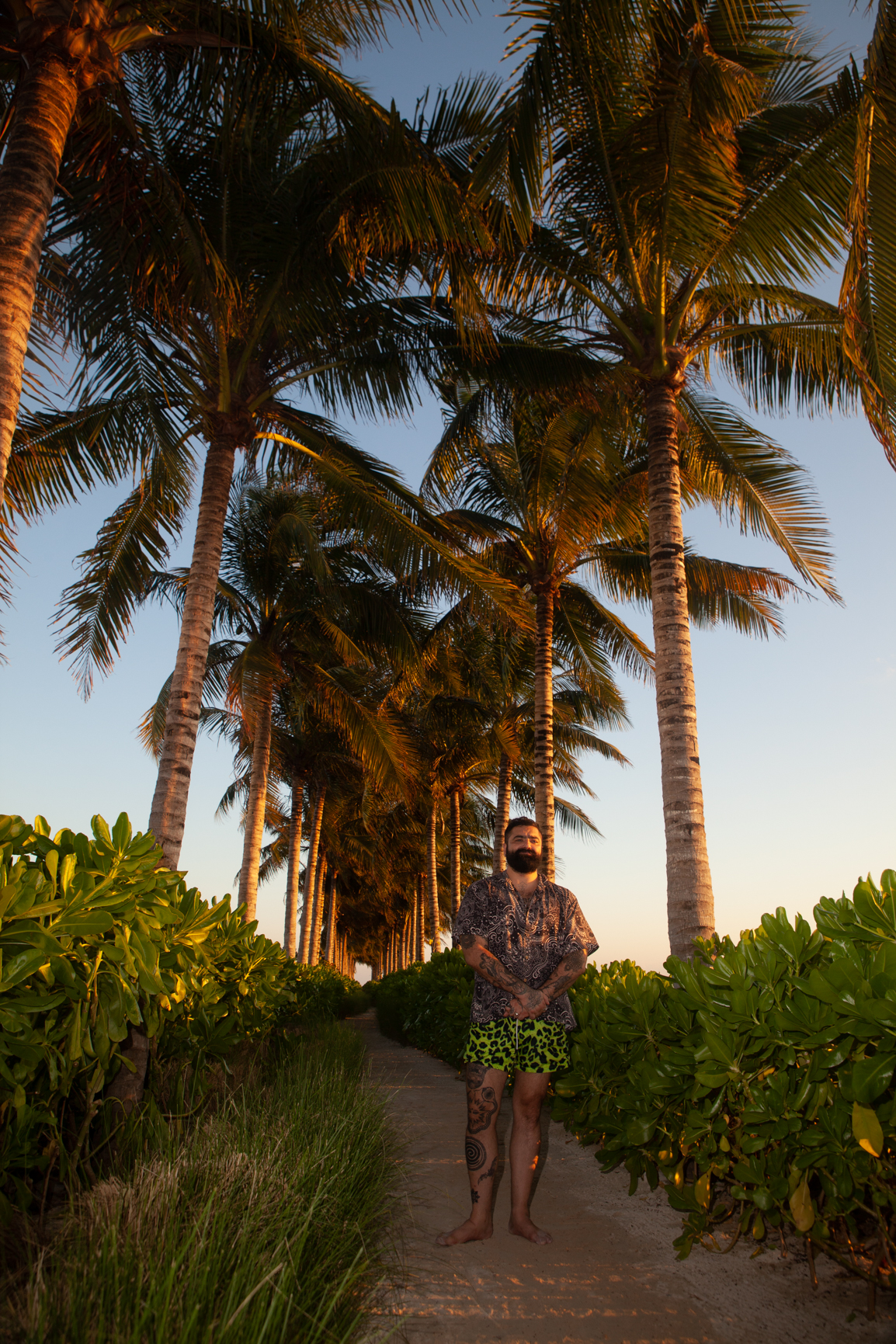
What advice do you have for aspiring Mexican chefs looking to make their mark in the culinary world?
The advice I have is to create something that allows them to be themselves and rise with their own self. We're looking for hard challenges; we never take the easy way. So, in the long term, always, always, always challenge yourself.
What would be your last meal?
Quesadilla with avocado – very simple.
Your recipe to a great life.
My recipe for a great life is a kind of tricky question, but I would say that it is to focus on the joys of life, try to be present, and be grateful for little things.
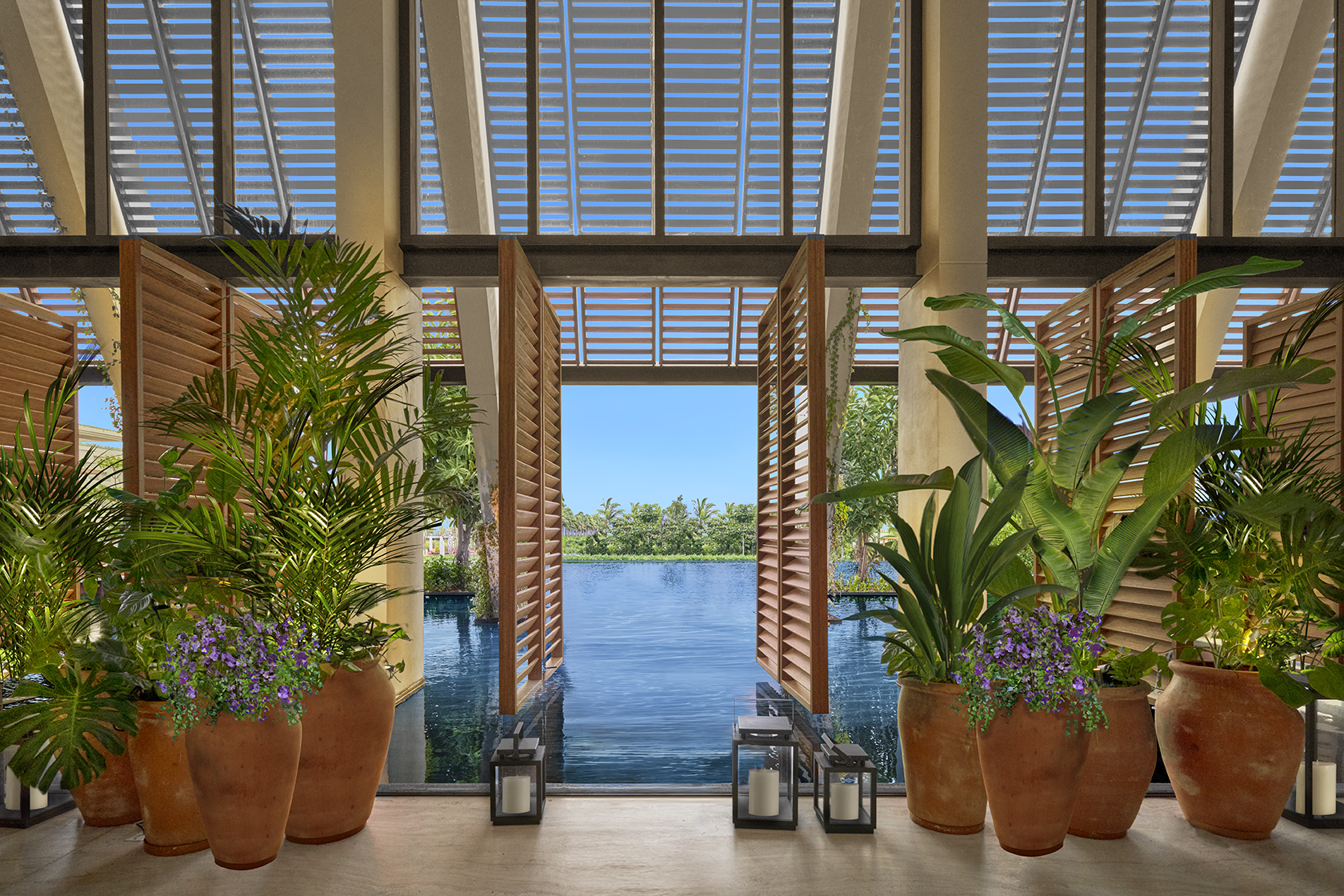
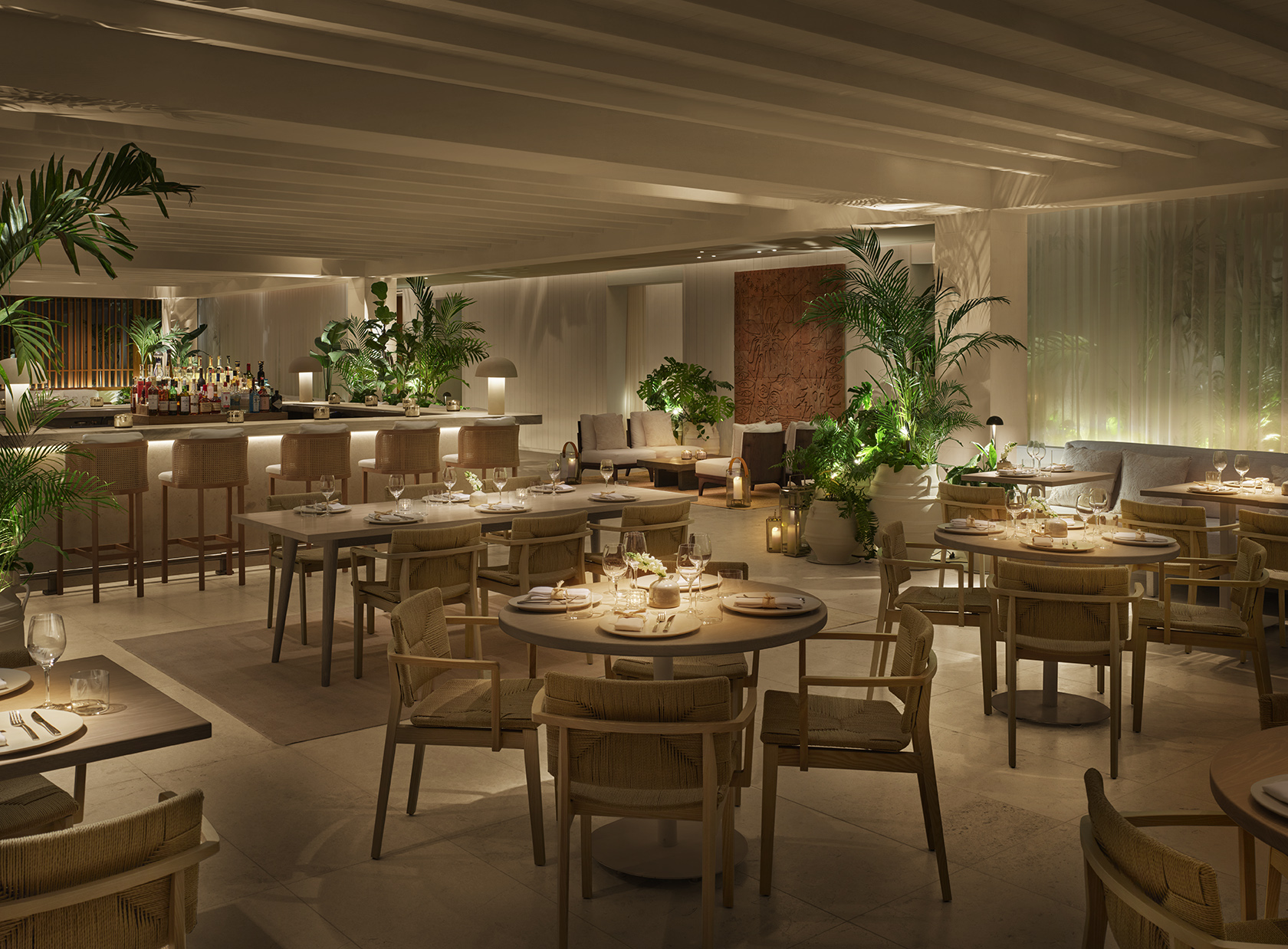

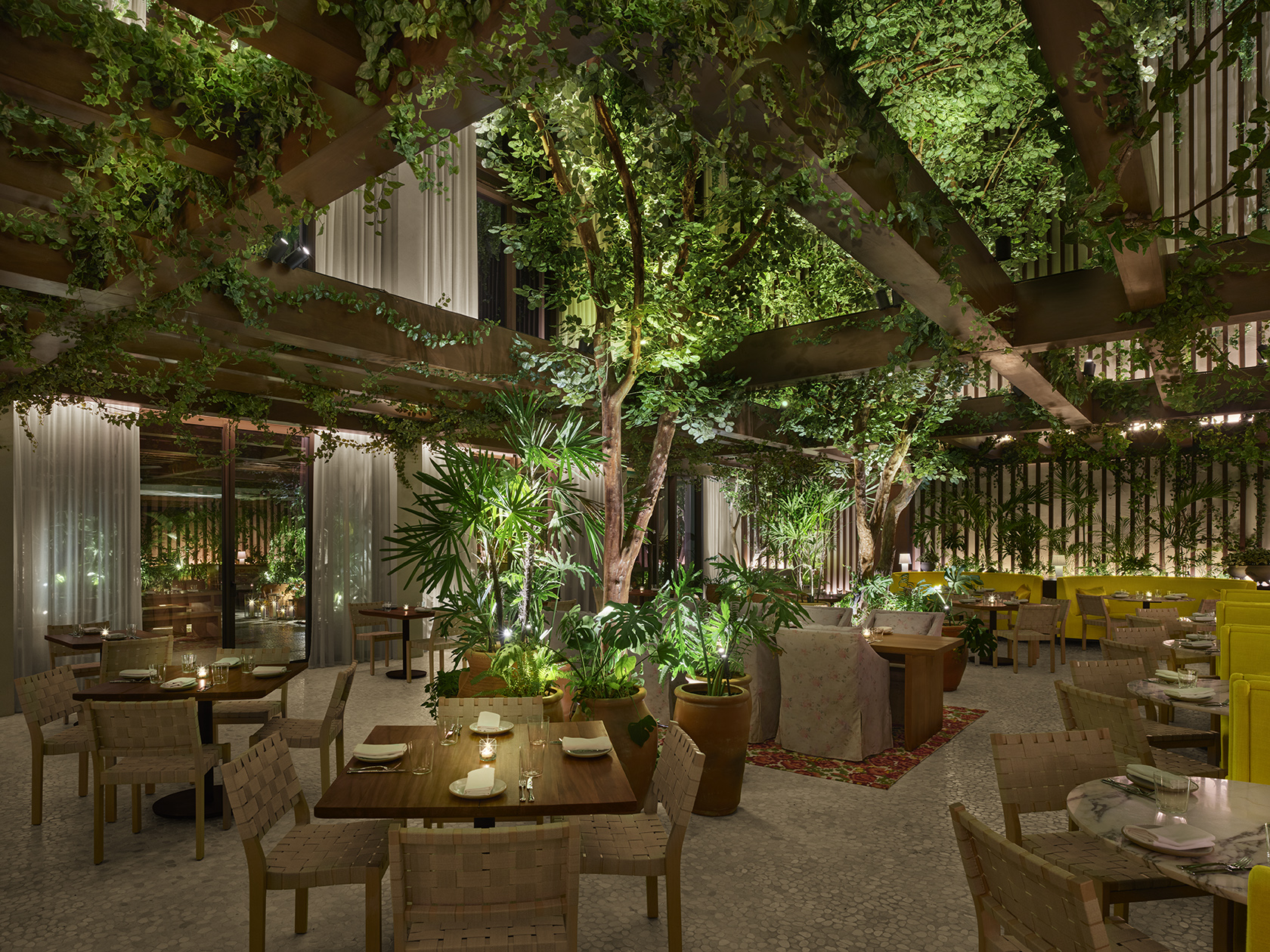
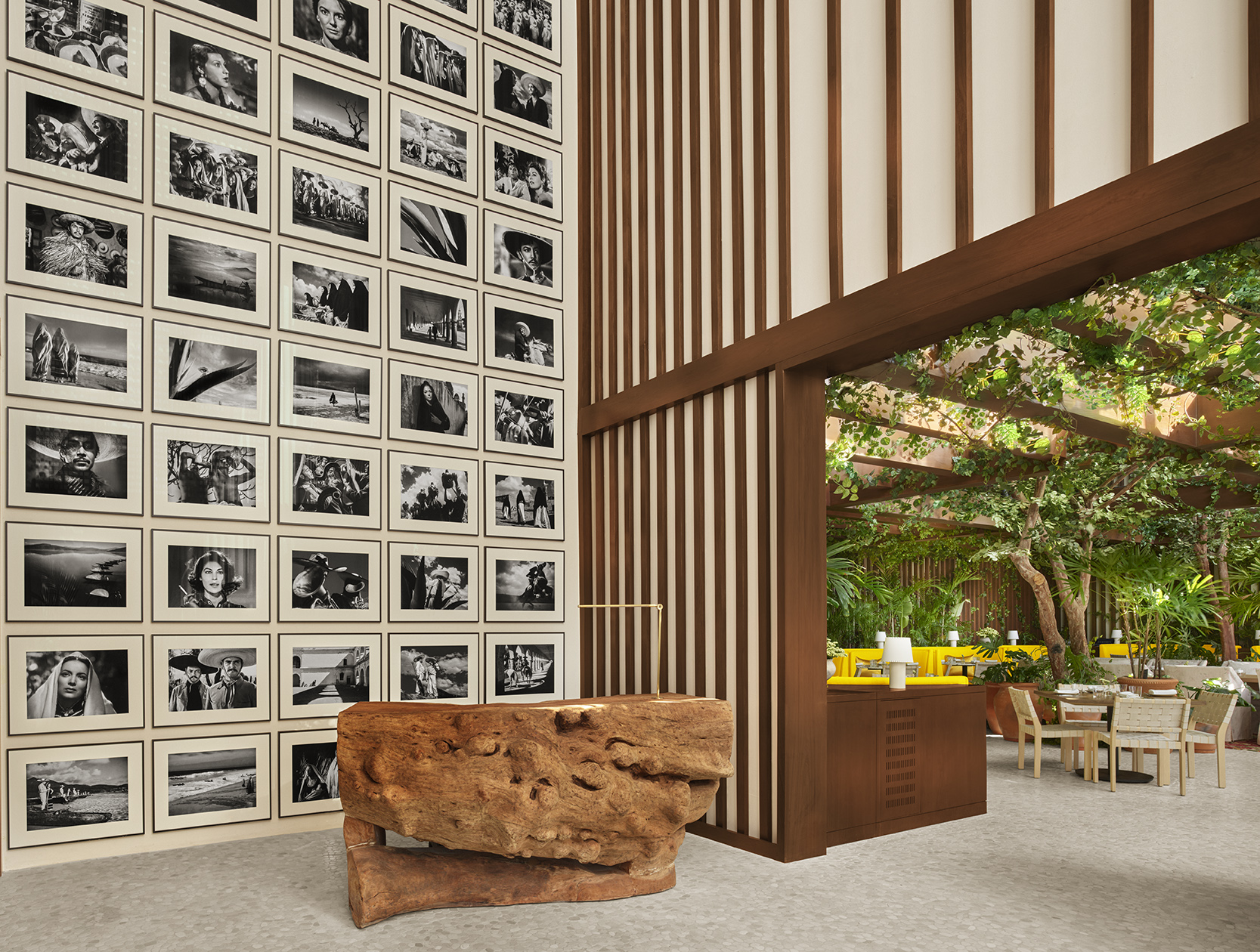
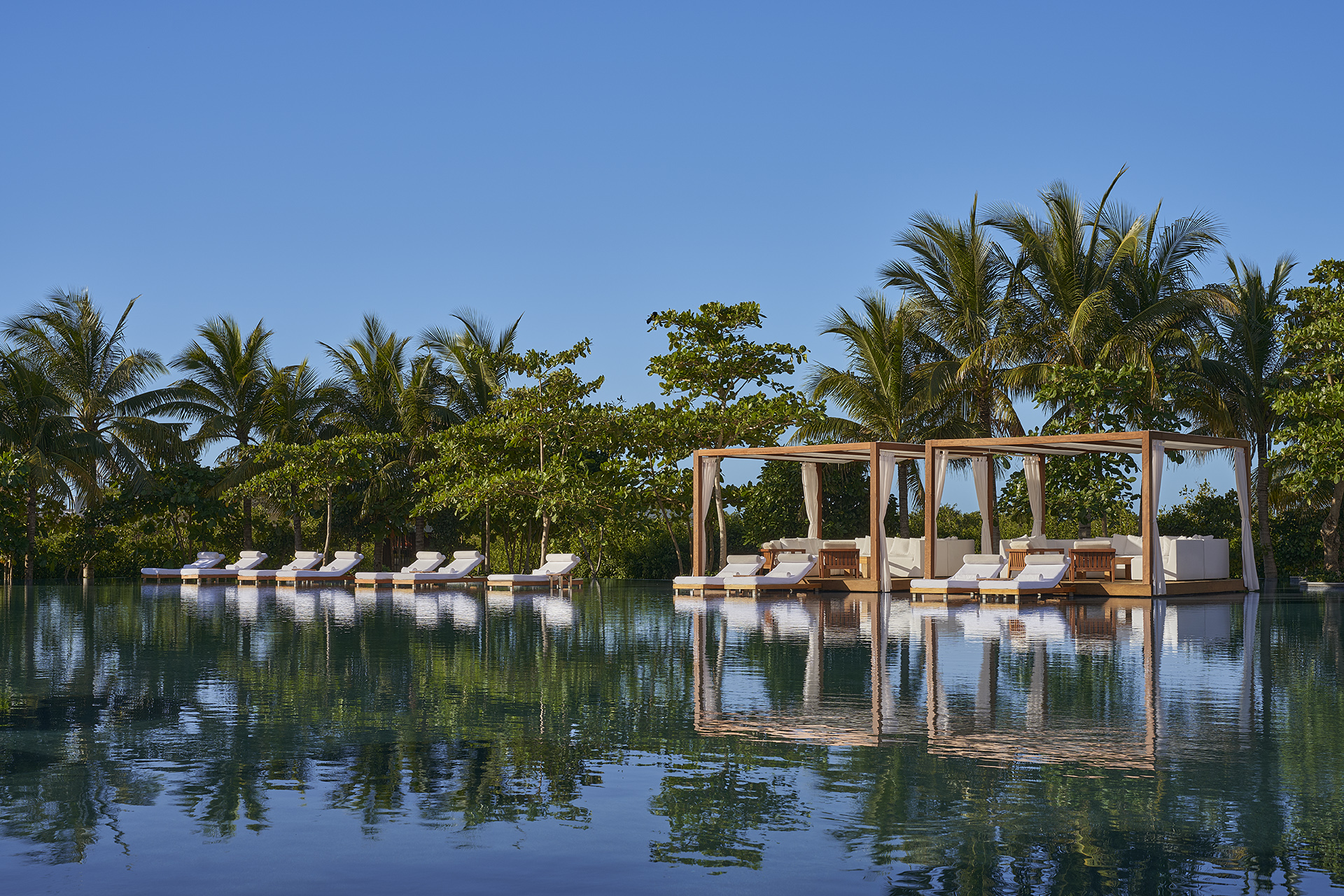
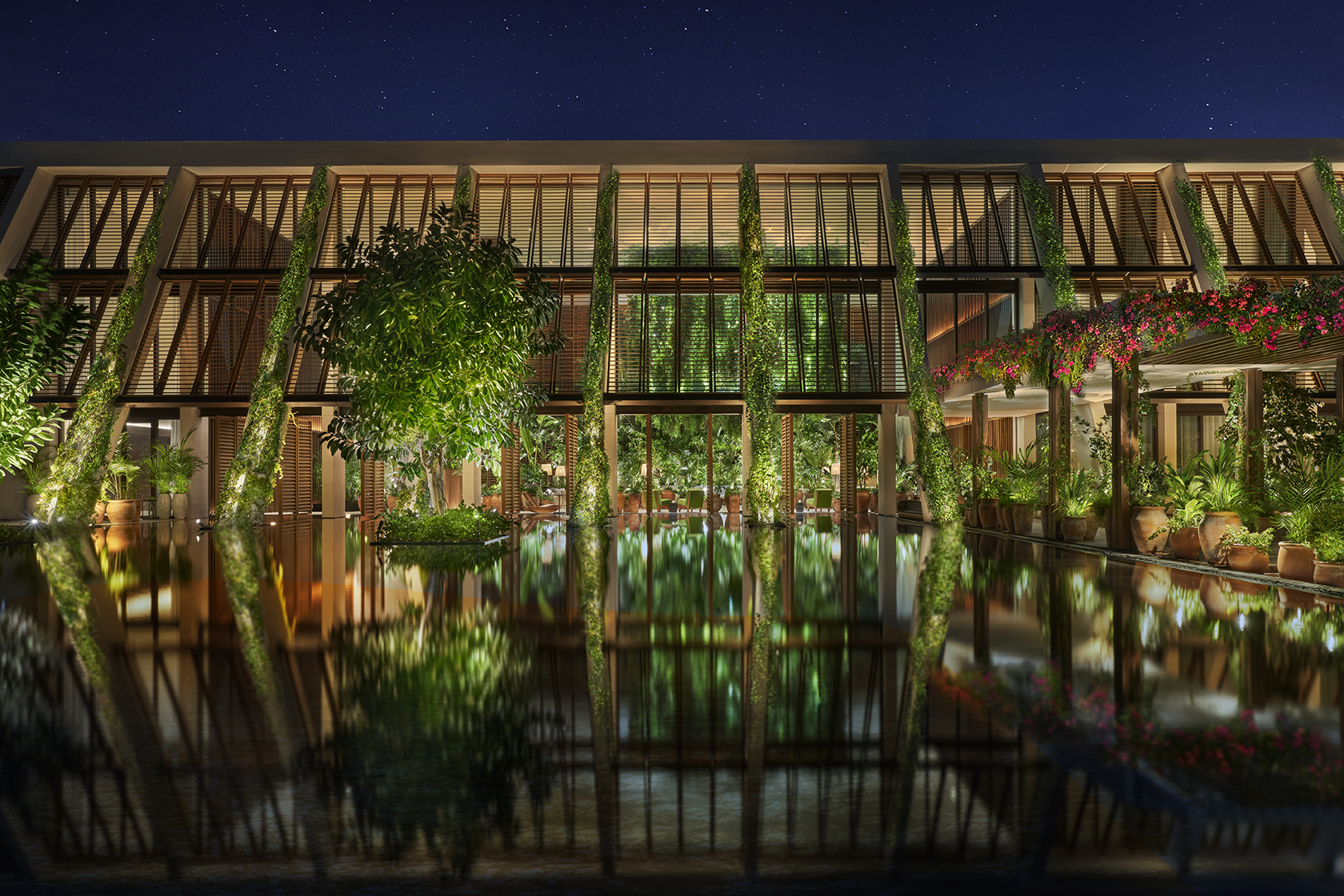
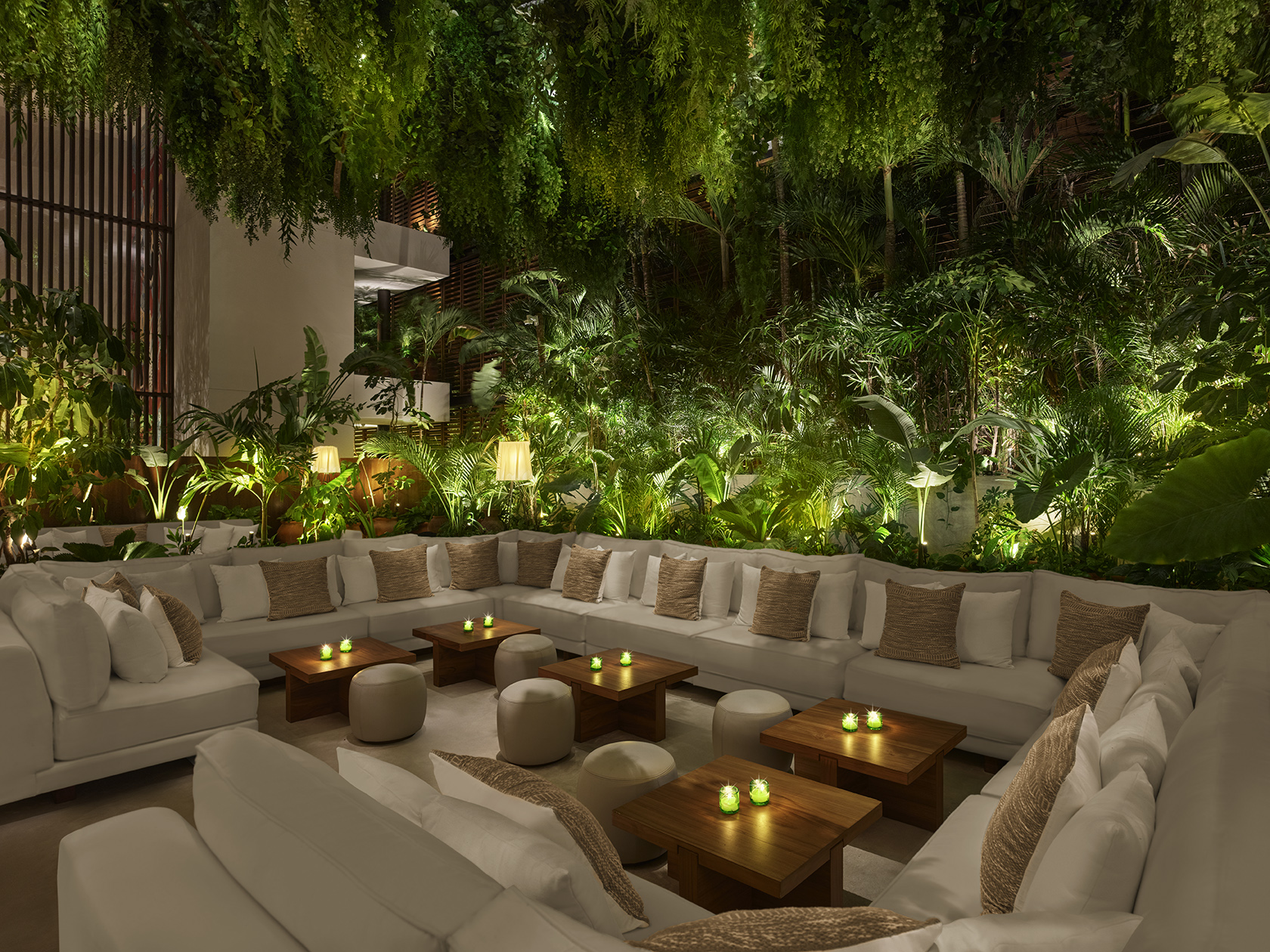
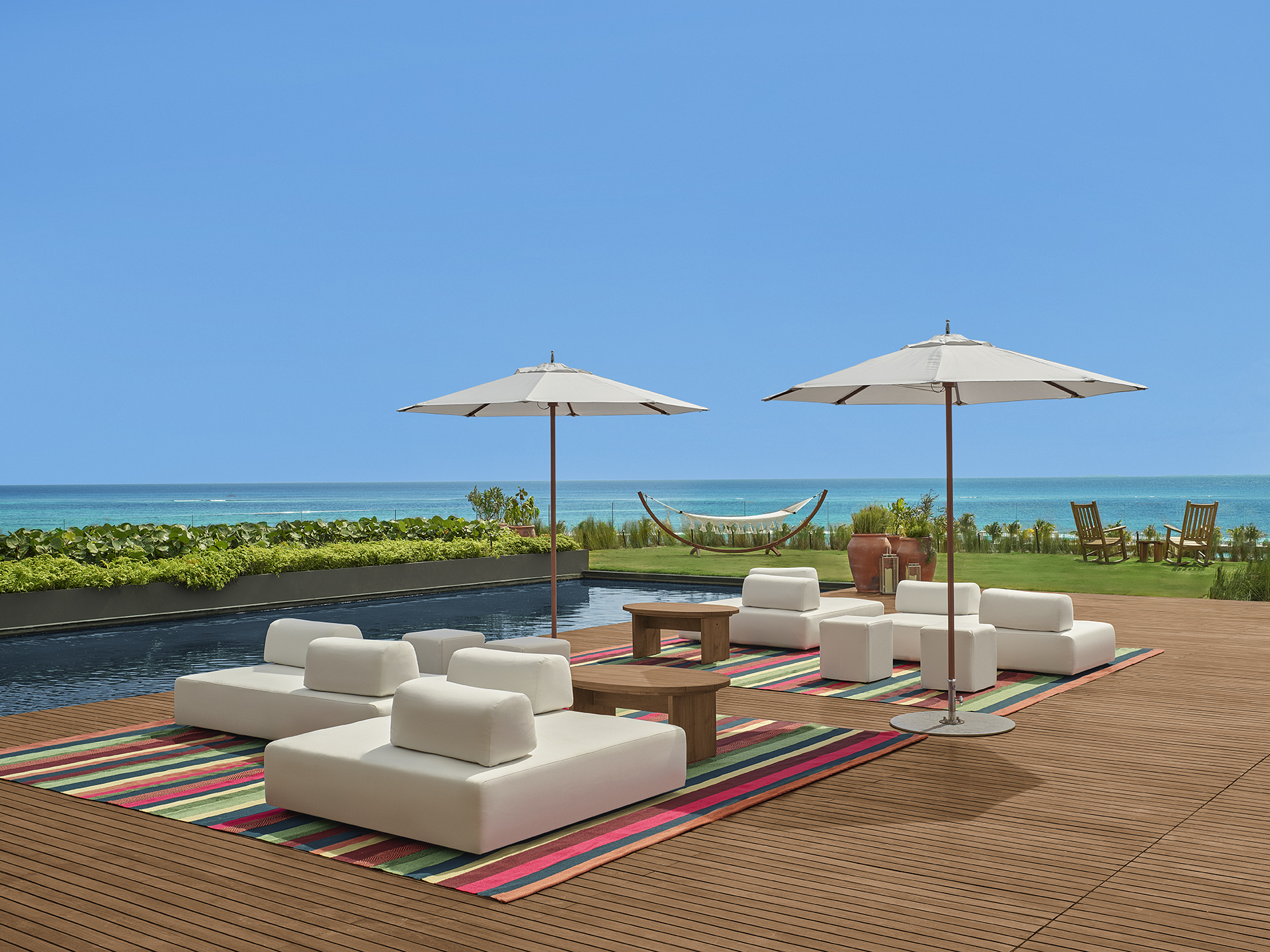
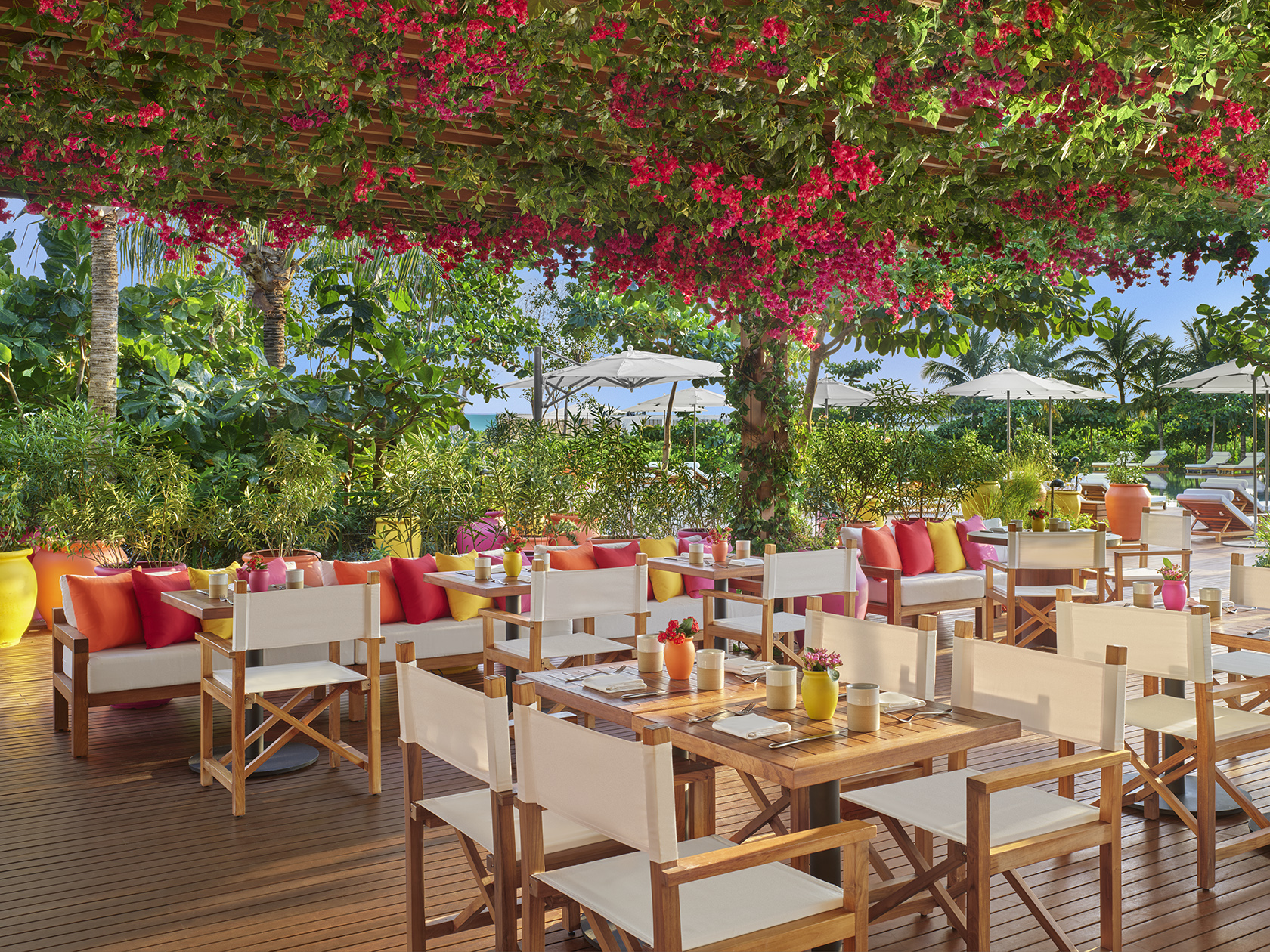
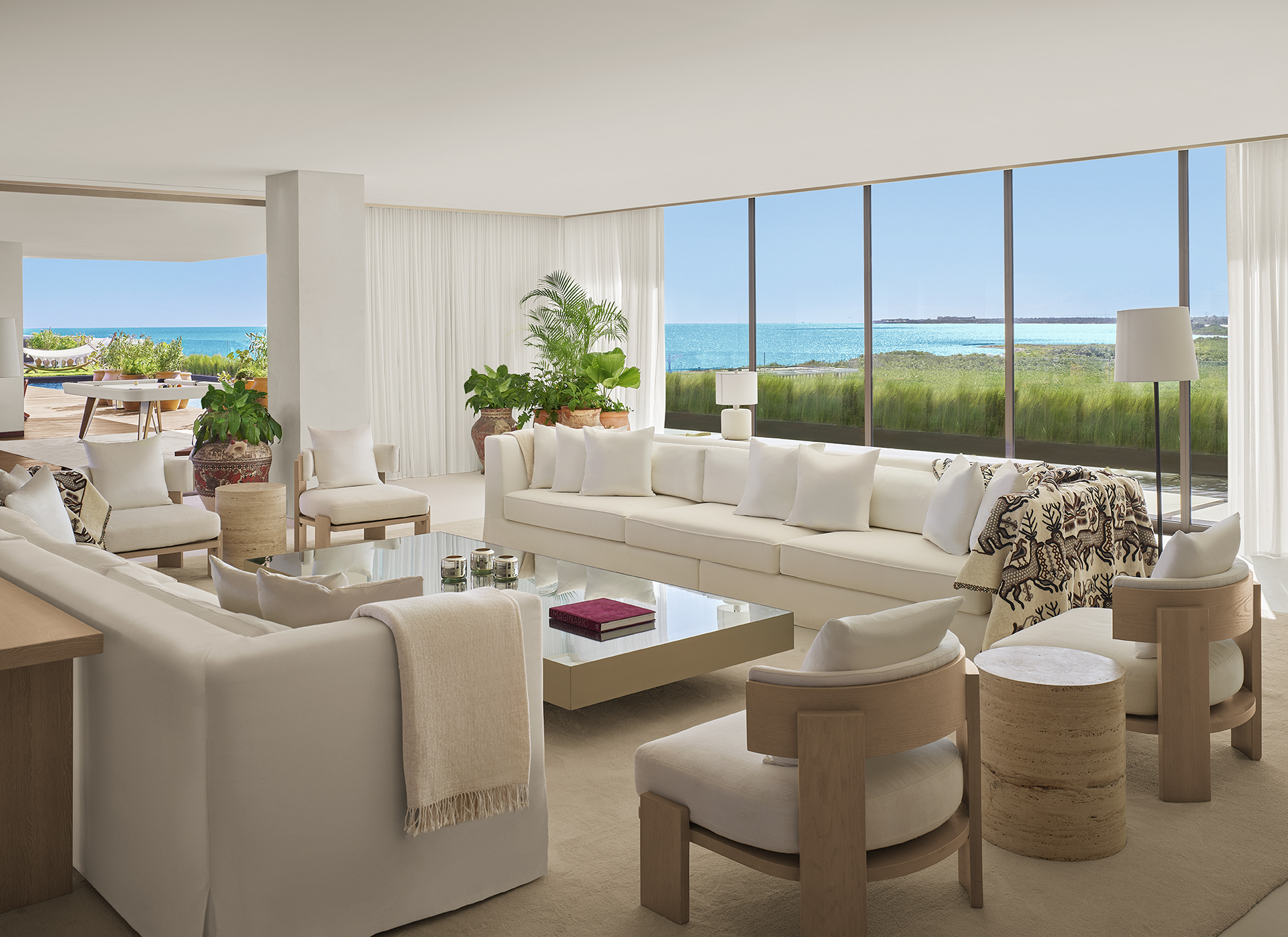
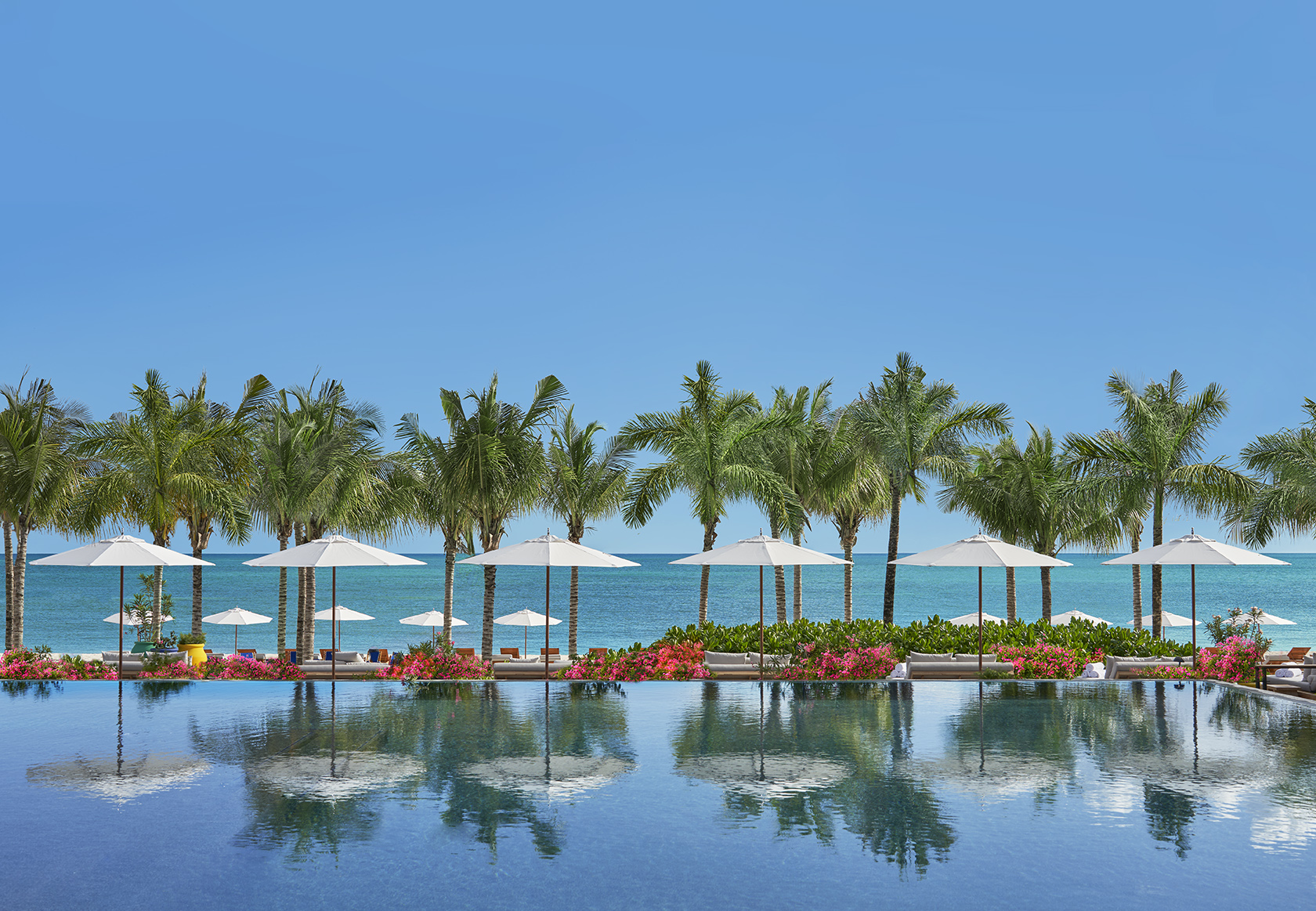
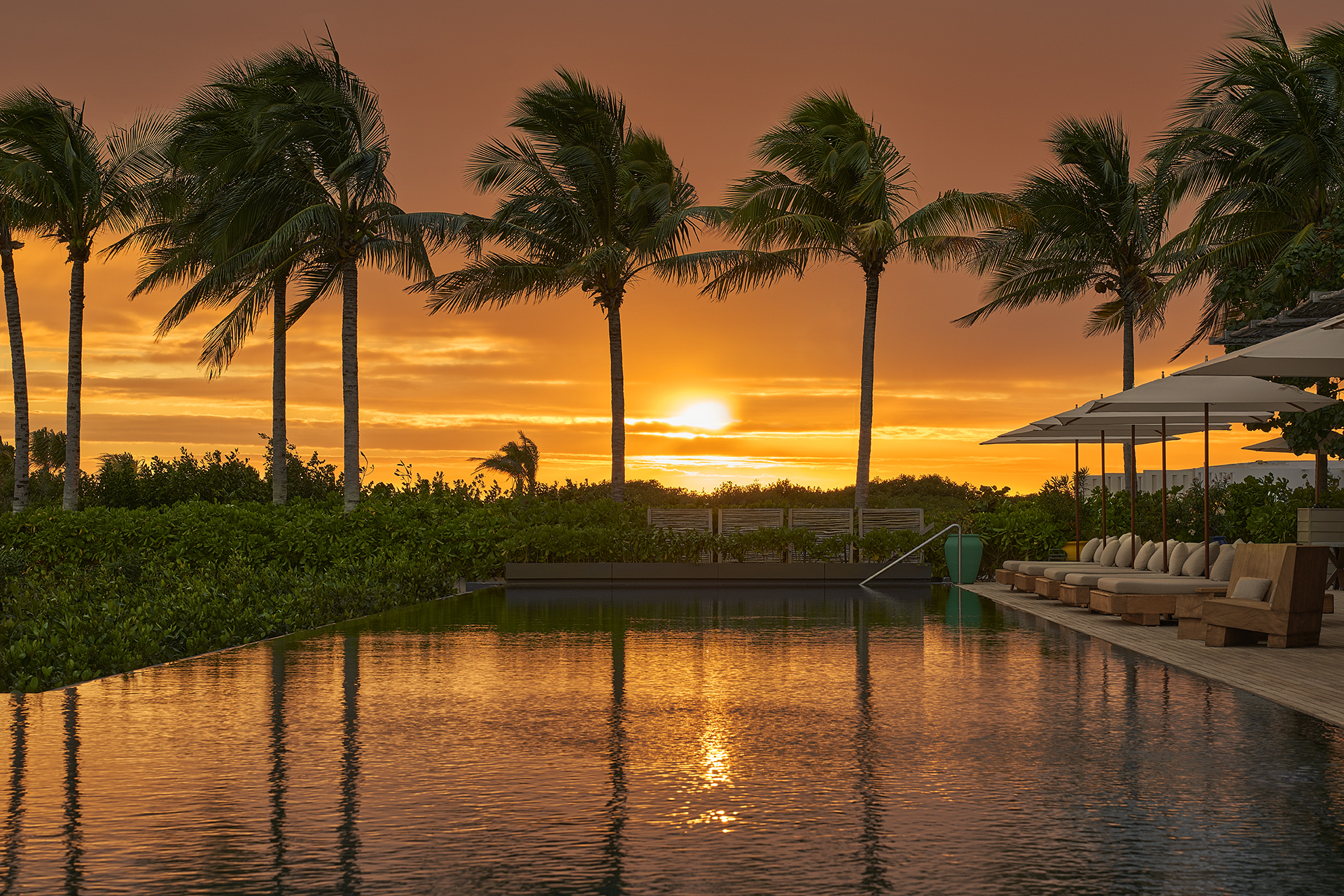
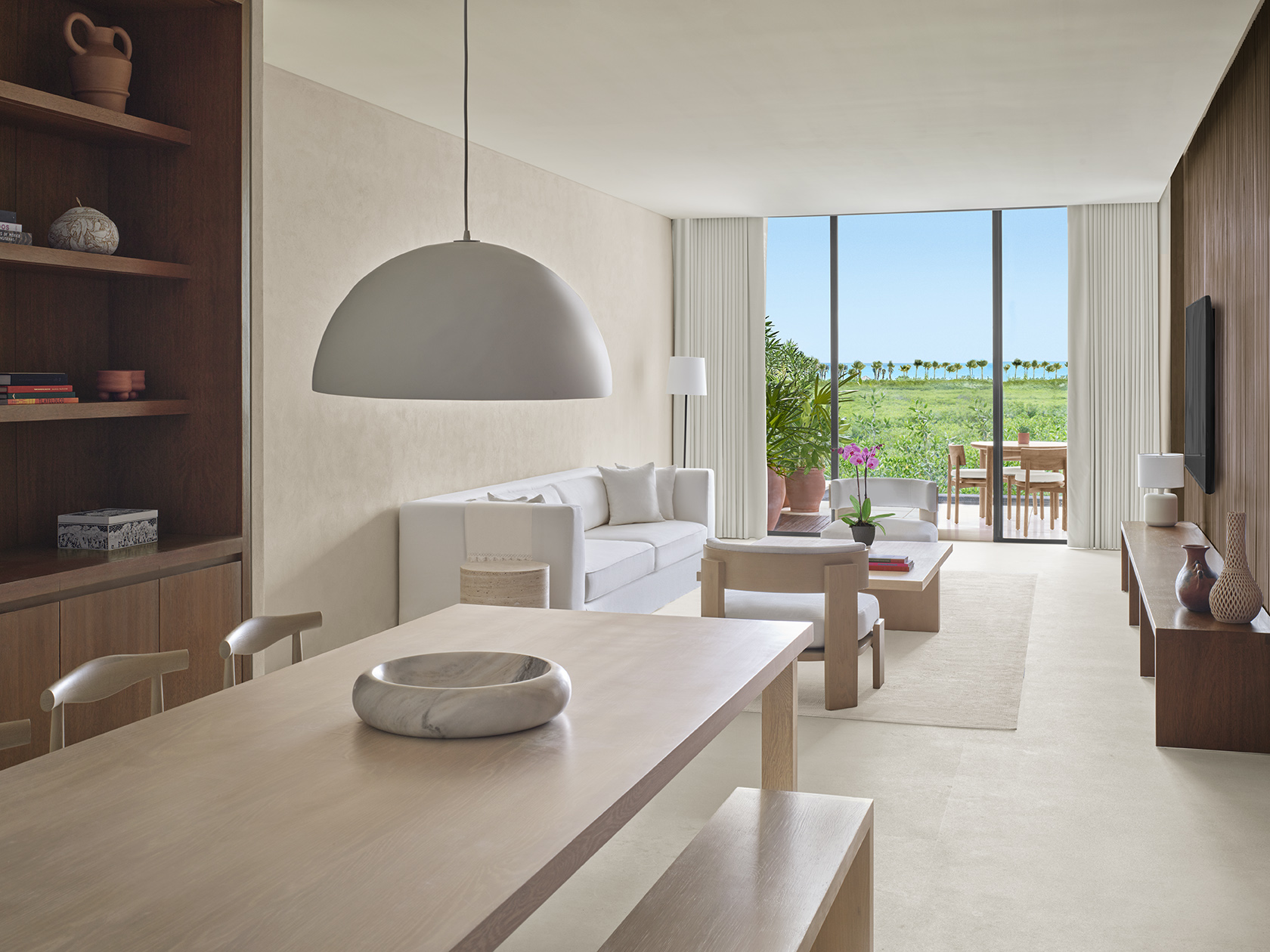
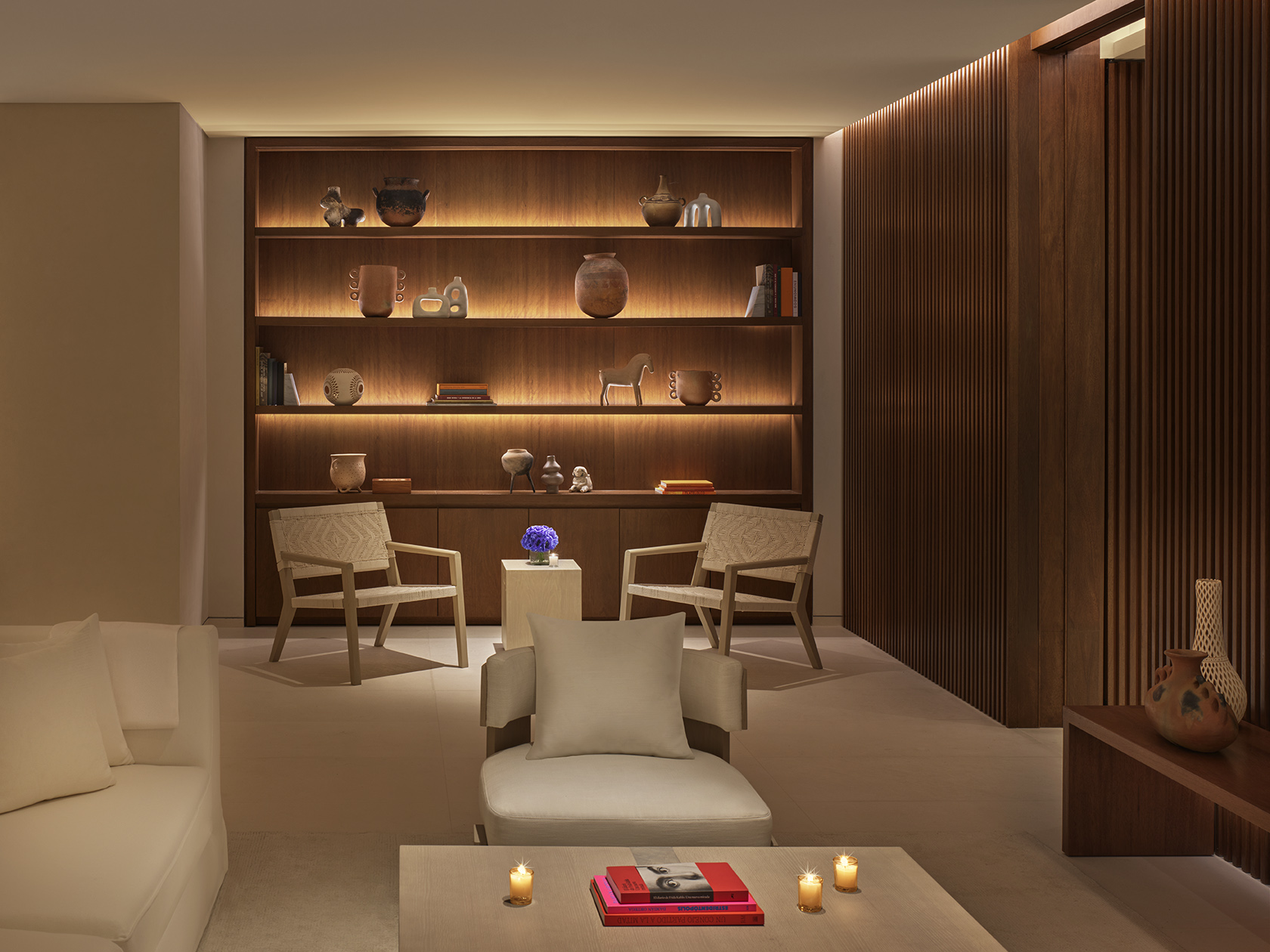
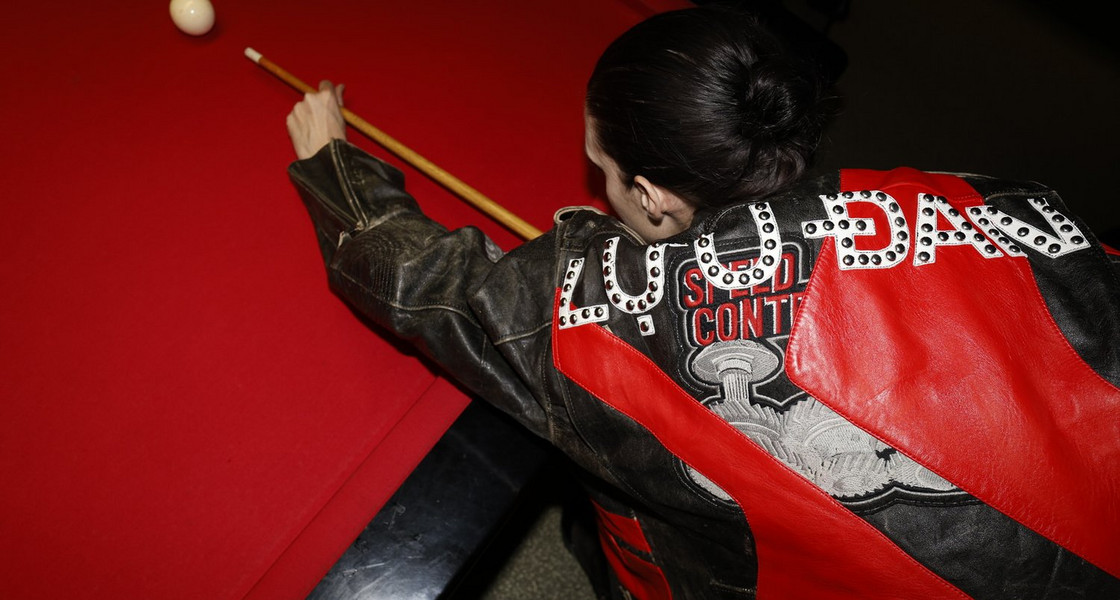
After grabbing a pint at the bar, I walk over to La, his colleague Jonas, PR icon Gia Kuan, and GKC veteran Lindsey Okubo starting up a game of pool. Aleali May is getting her picture taken. La comes over and compliments my outfit. I say, "It's LỰU ĐẠN of course."
La isn't new to Paris. He lived here when working under Balenciaga, so I just assumed he's known about M8 for years. It wasn't until the Mahjong night in September that his friend Bobby convinced him to stop by after to play a game. Upon entering, he fell in love. "After an hour, we brought in our crew and took over the place, we put on our music, cheesy 80s Vietnamese karaoke, and gangster films on the screen," he reflects. "It just took on its own life."
Tonight, everyone would arrive dressed as if they stepped off the screen, character-driven world-building as central to LỰU ĐẠN as its hyper-specific community. Between (pool) shots, I ask La why a pool night as opposed to a show or a dinner, rebutting with "the rules of the game are still very conservative here." Everyone does a dinner, a cocktail, a show. Why not switch it up?
“What’s great about the other fashion weeks is that people aren’t afraid to mix it up a little more,” he continues. Paris Fashion Week is not without its grime, but it's also still very stuffy. Considering how quickly M8 is filling up, it's clear that La's onto something. It seems that these days, the appeal of being invited and going to a fashion show is being able to say that you were there. Rarely does anyone actually take in the moment, their phones prepped to capture every look coming down the runway.
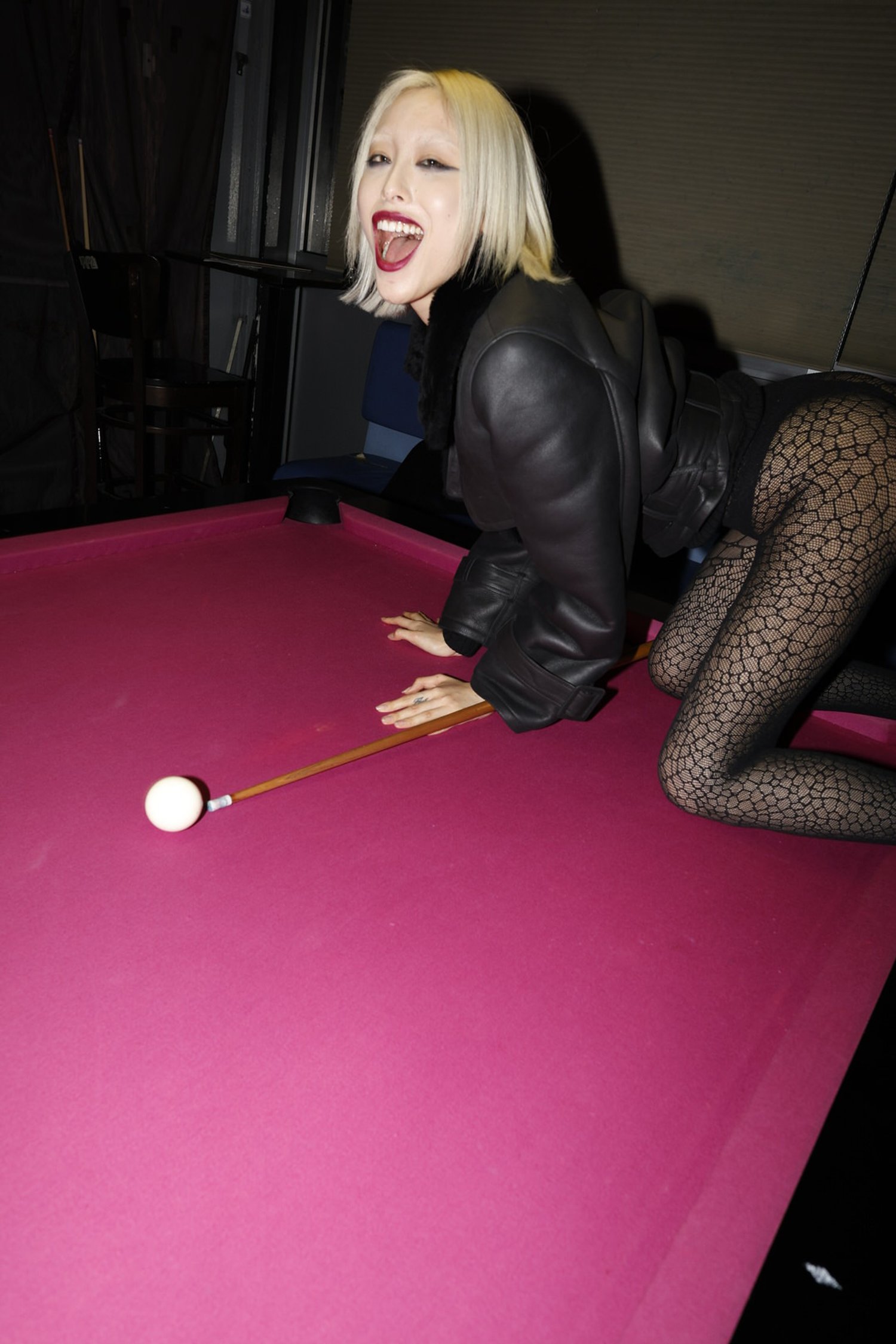
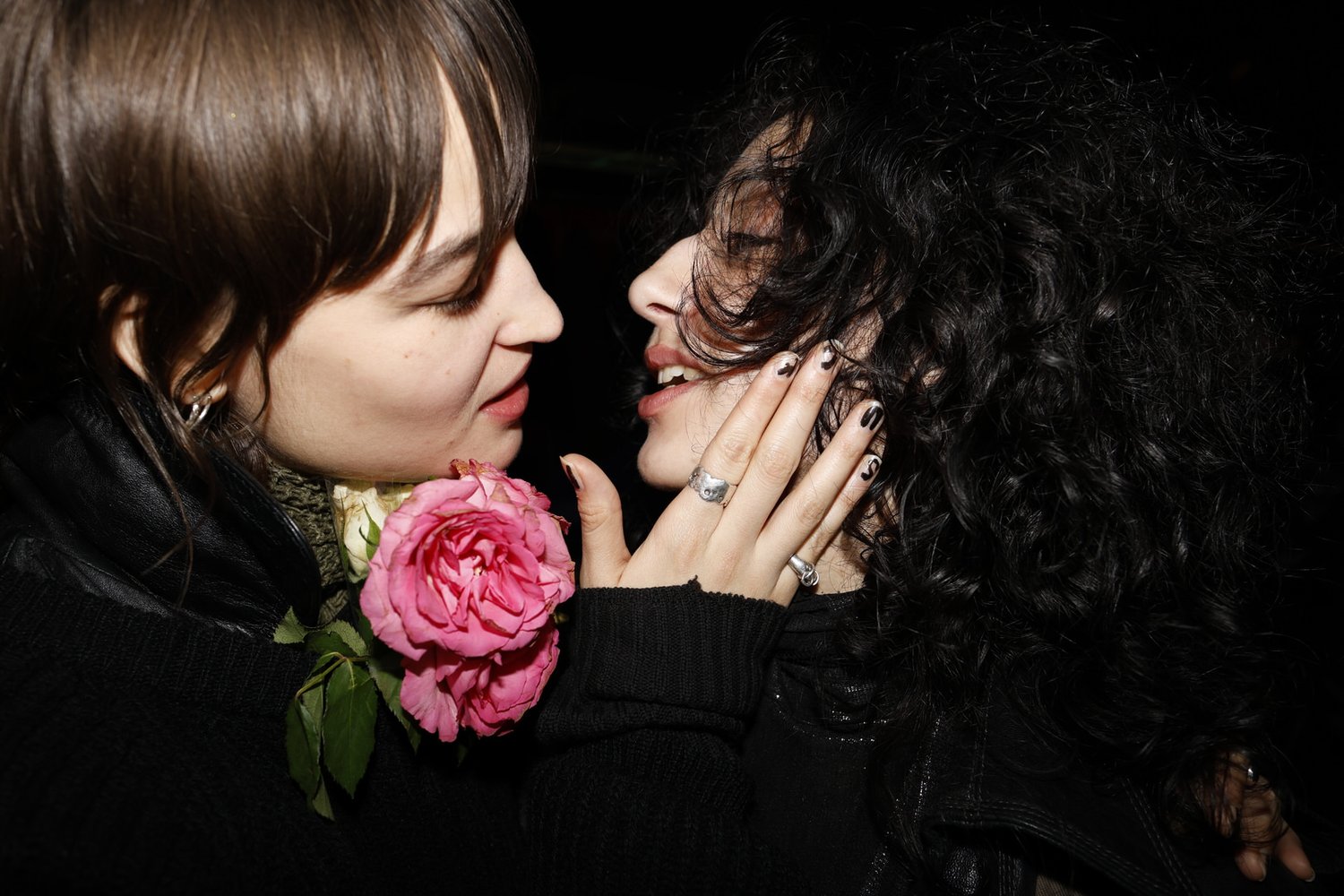

Tonight's pool night was part tribute to Jiman Casablancas, a Malaysian punk rocker turned activist and lawyer who passed earlier this year. He, Hao, a DJ from Chengdu who La met at a party during his first trip to Shanghai, and James, a reformed bad boy hailing from the Philippines starred in the collection's campaign. Even in Malaysia, La muses excitedly, “The punk rock scene is still rooted in those American punk anthems and that look, but then it's like these dudes are from Malaysia. They're tan. They have a different flavor.” Outside of the West, "there are these little pockets that interject a local energy into what are originally American influences."
By 11pm, all of the pool tables are full. Mark, the cobrasnake, walks in rocking a short-sleeve button-down from the collection that really suits his LA. “I thought this was a pool pool party, I wore my speedo," he tells me. I wonder if his speedo matches the button-down. I chat with model Ava Pearlman and writer/model Annabelle Weatherly who have also been in Paris for a week. "On the first night, I hated Paris," Ava tells me. Tonight, she loves it, especially because in here, she "can't tell what city she's in.
The crowd stuck around well into the night, late enough to get kindly ushered out by the bar staff. Exiting M8, it was clear that Hung La has no desire to fit into anyone else's world. He'd rather create a new one.
